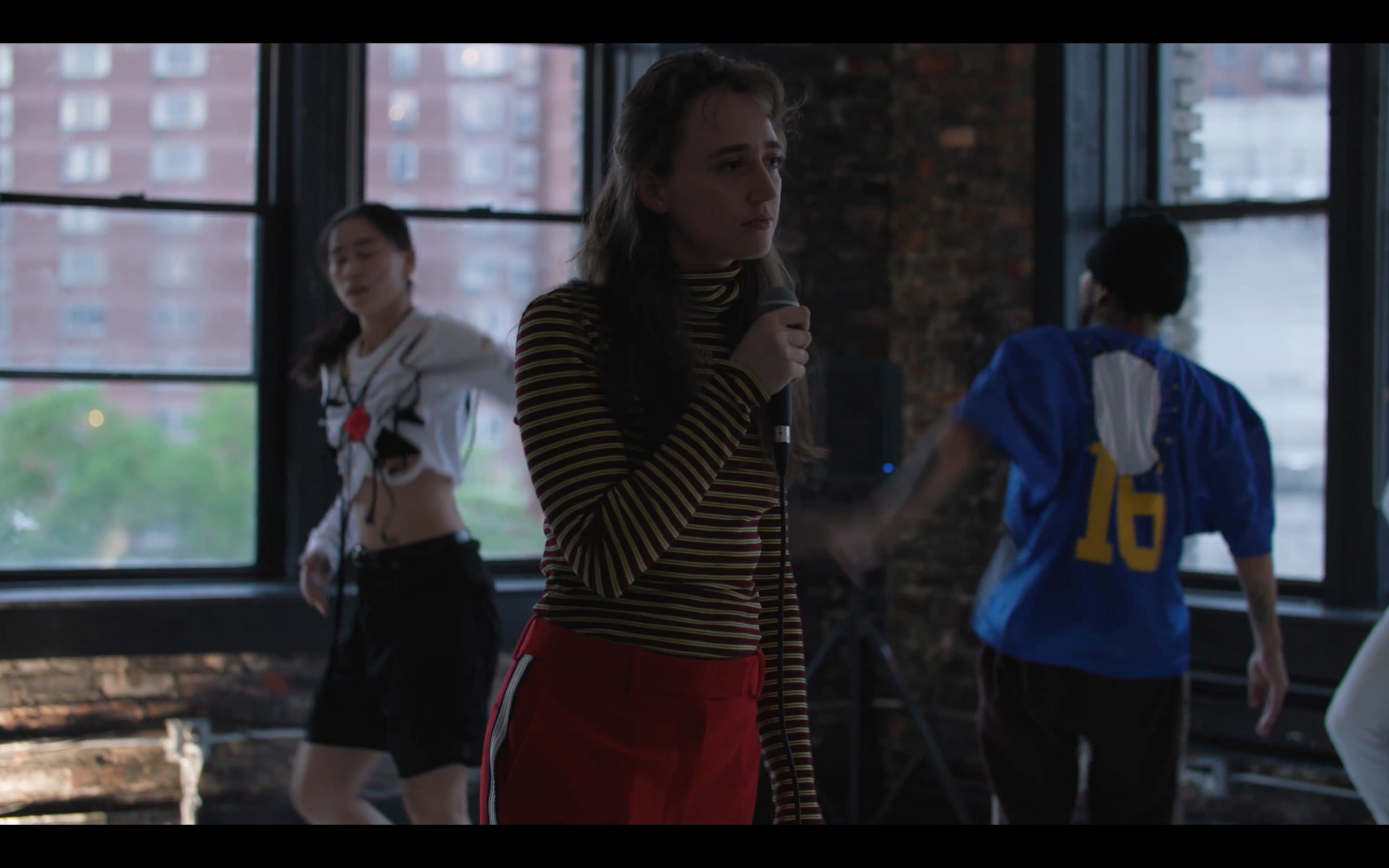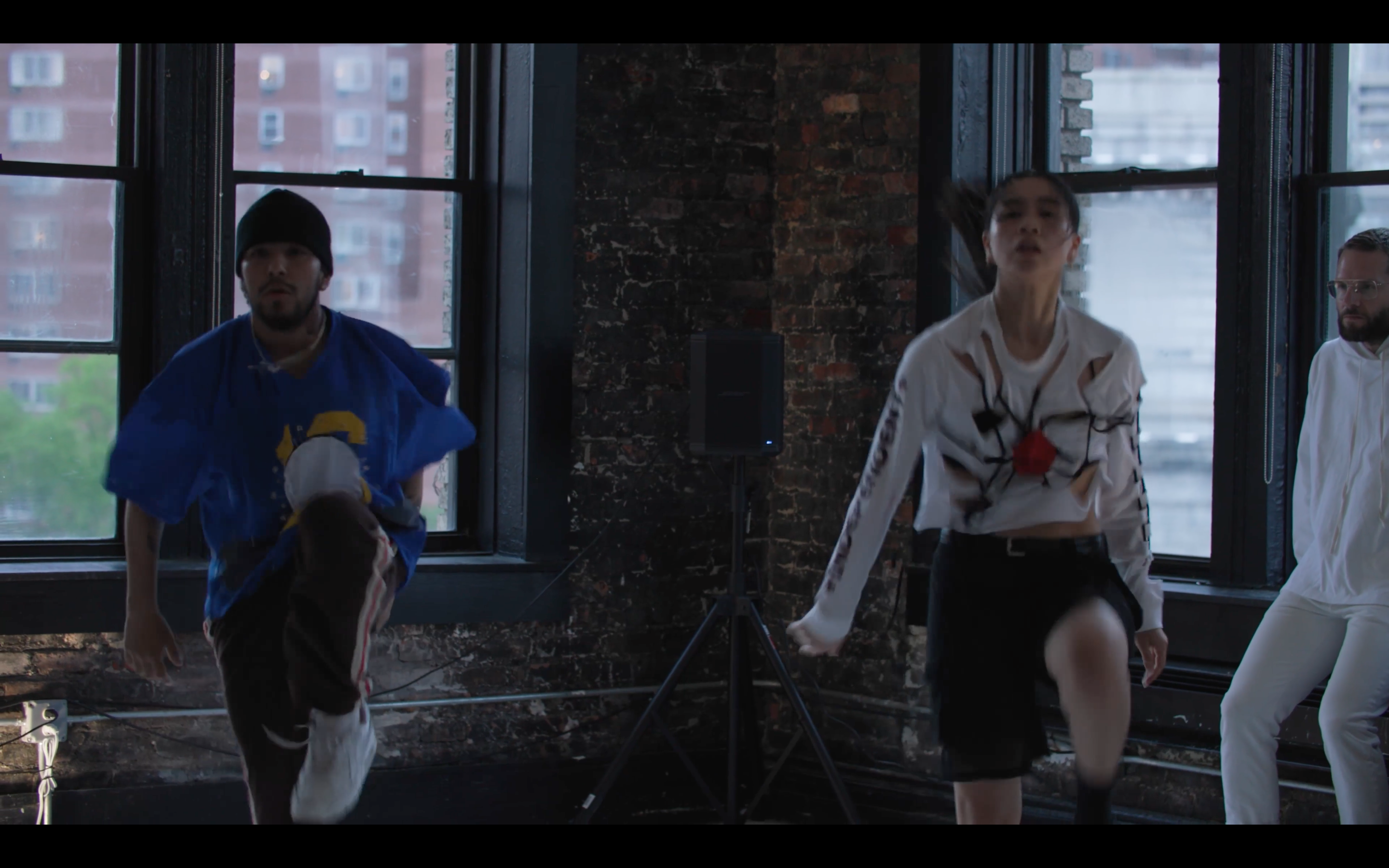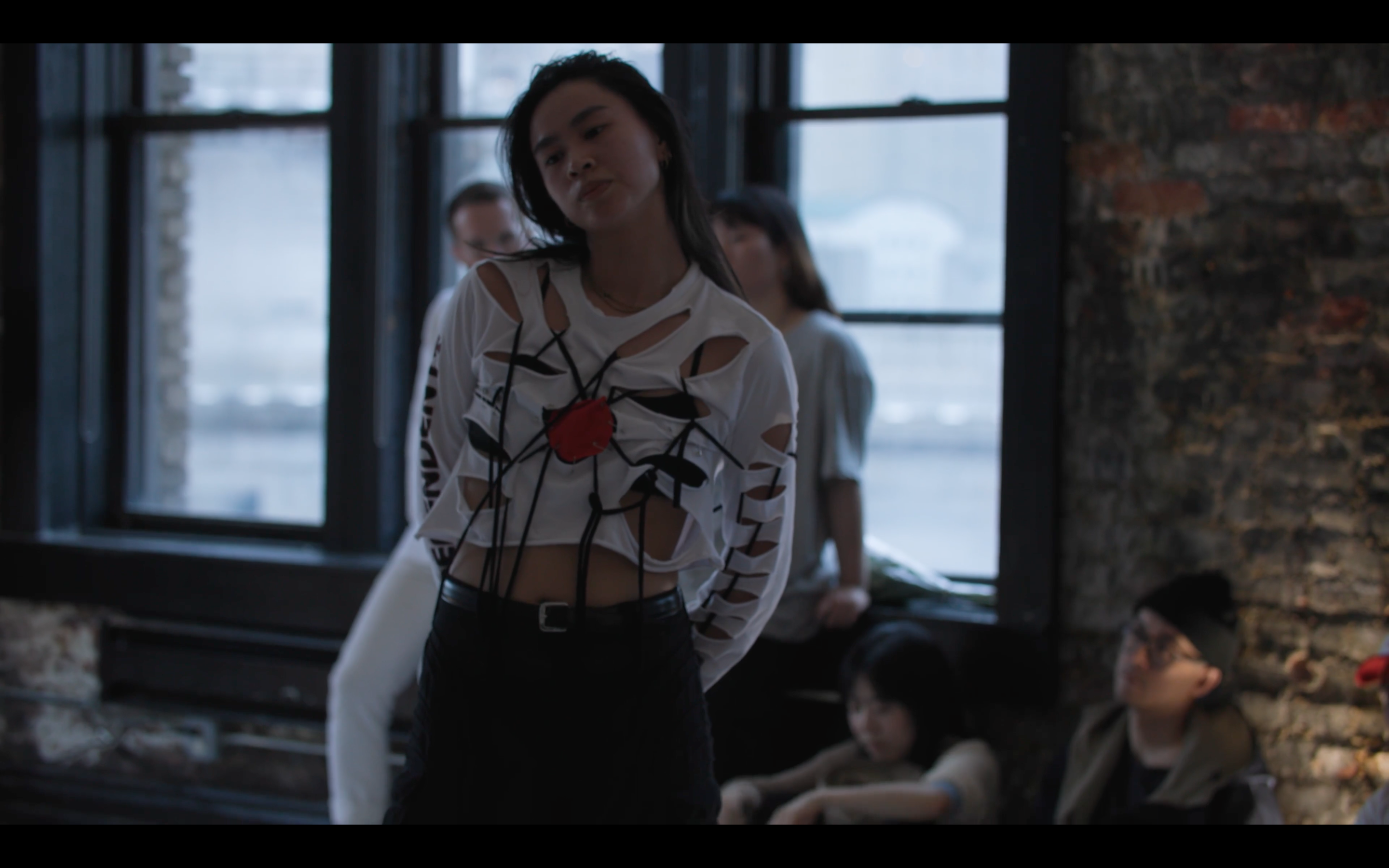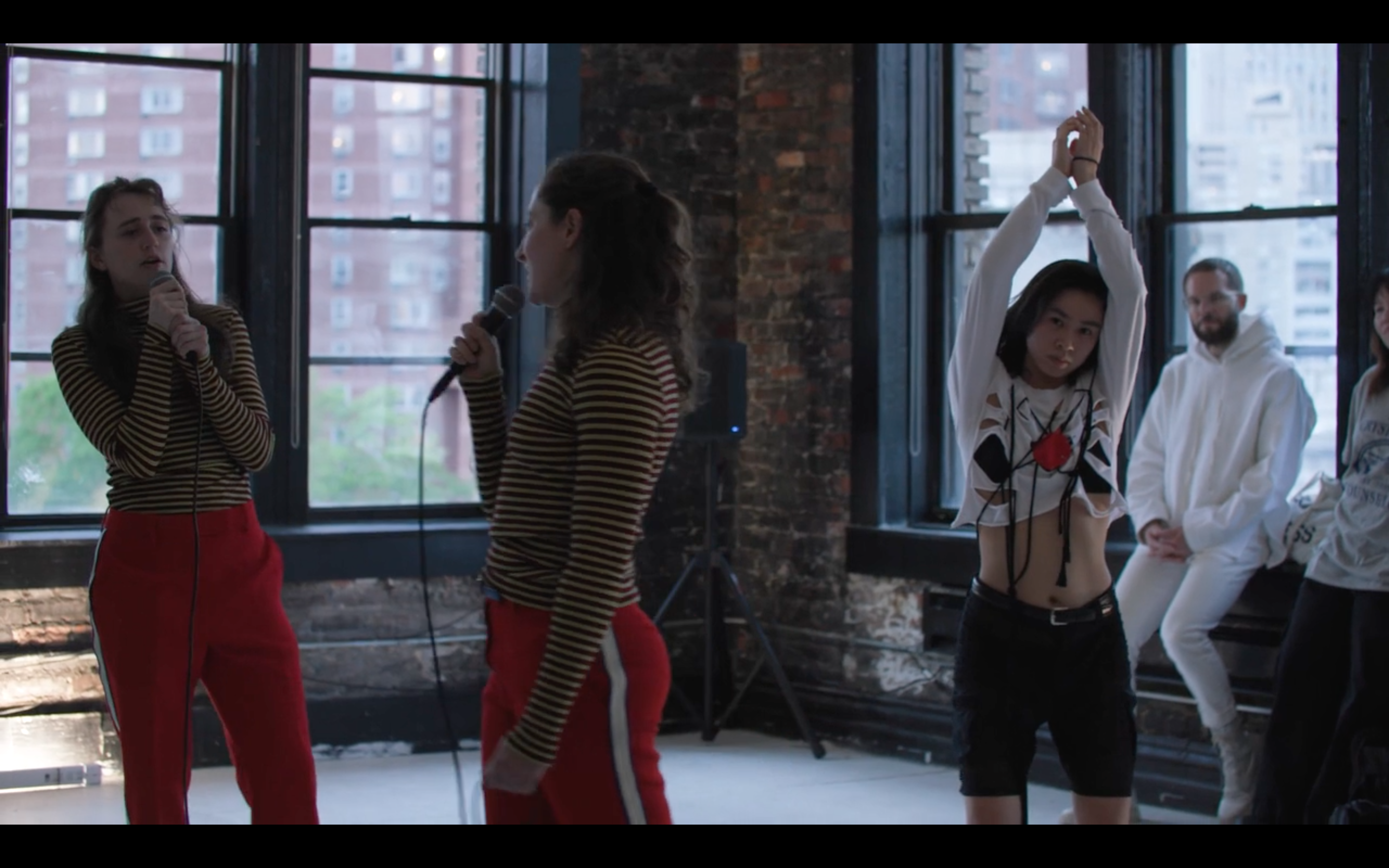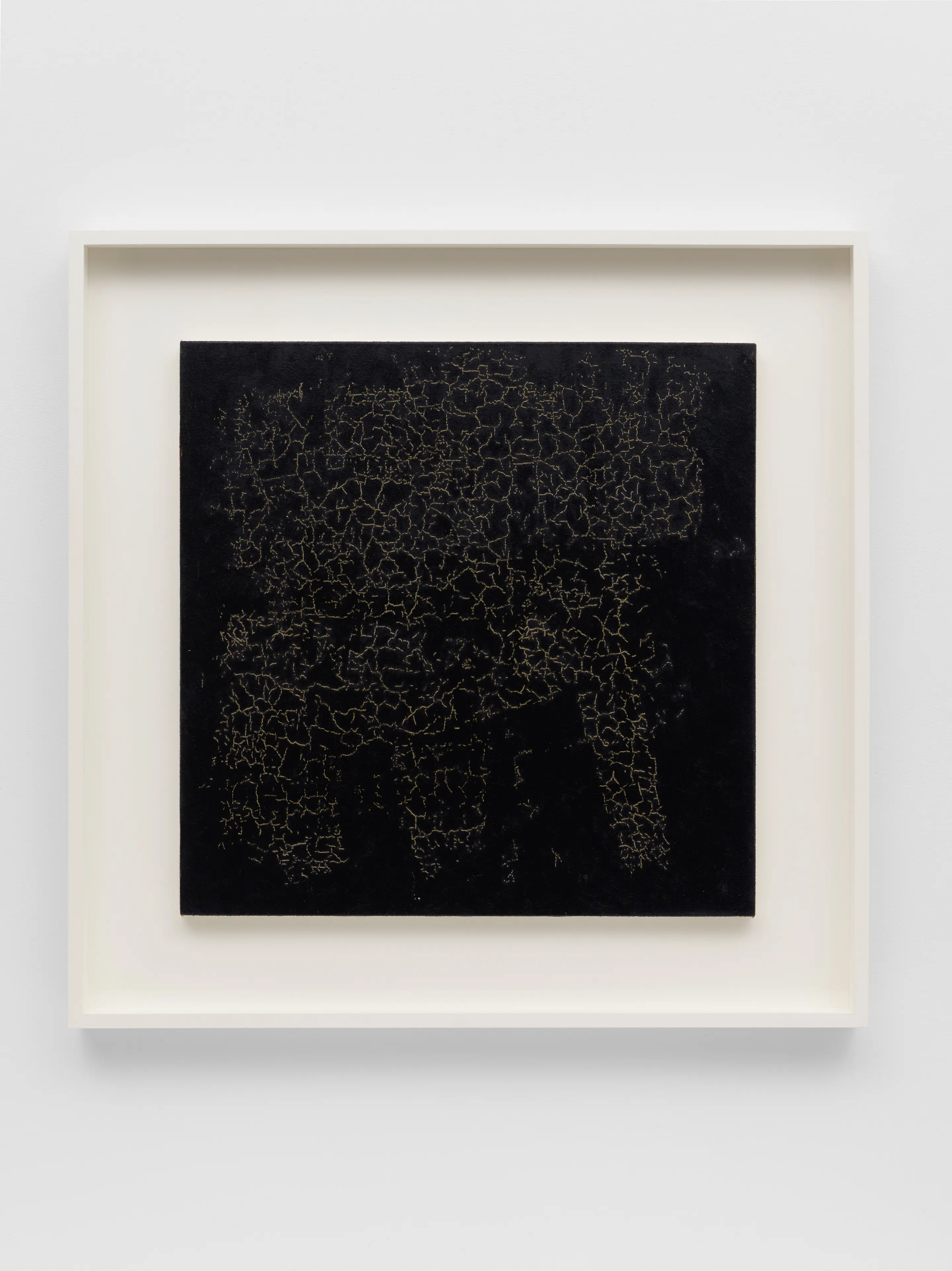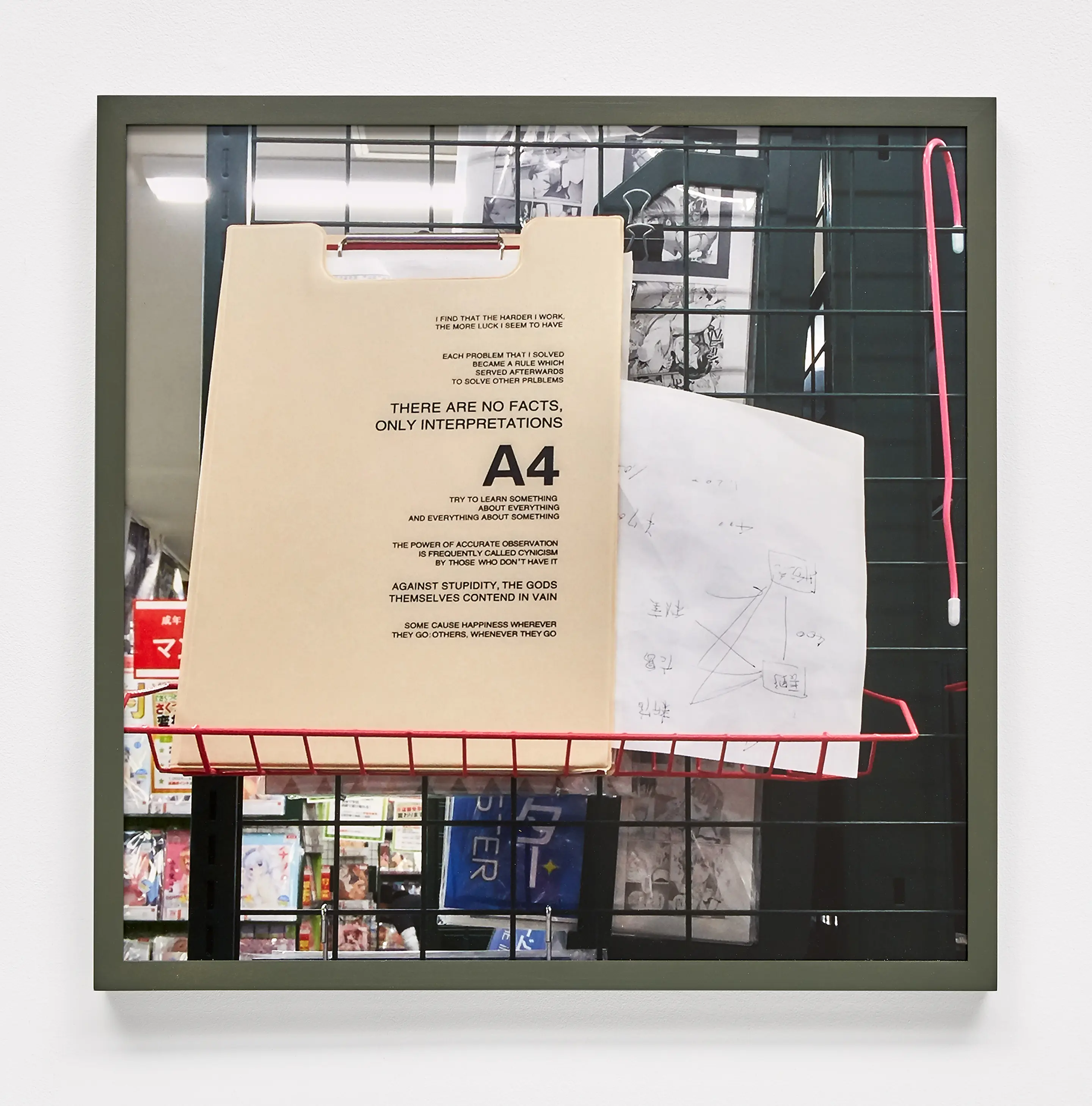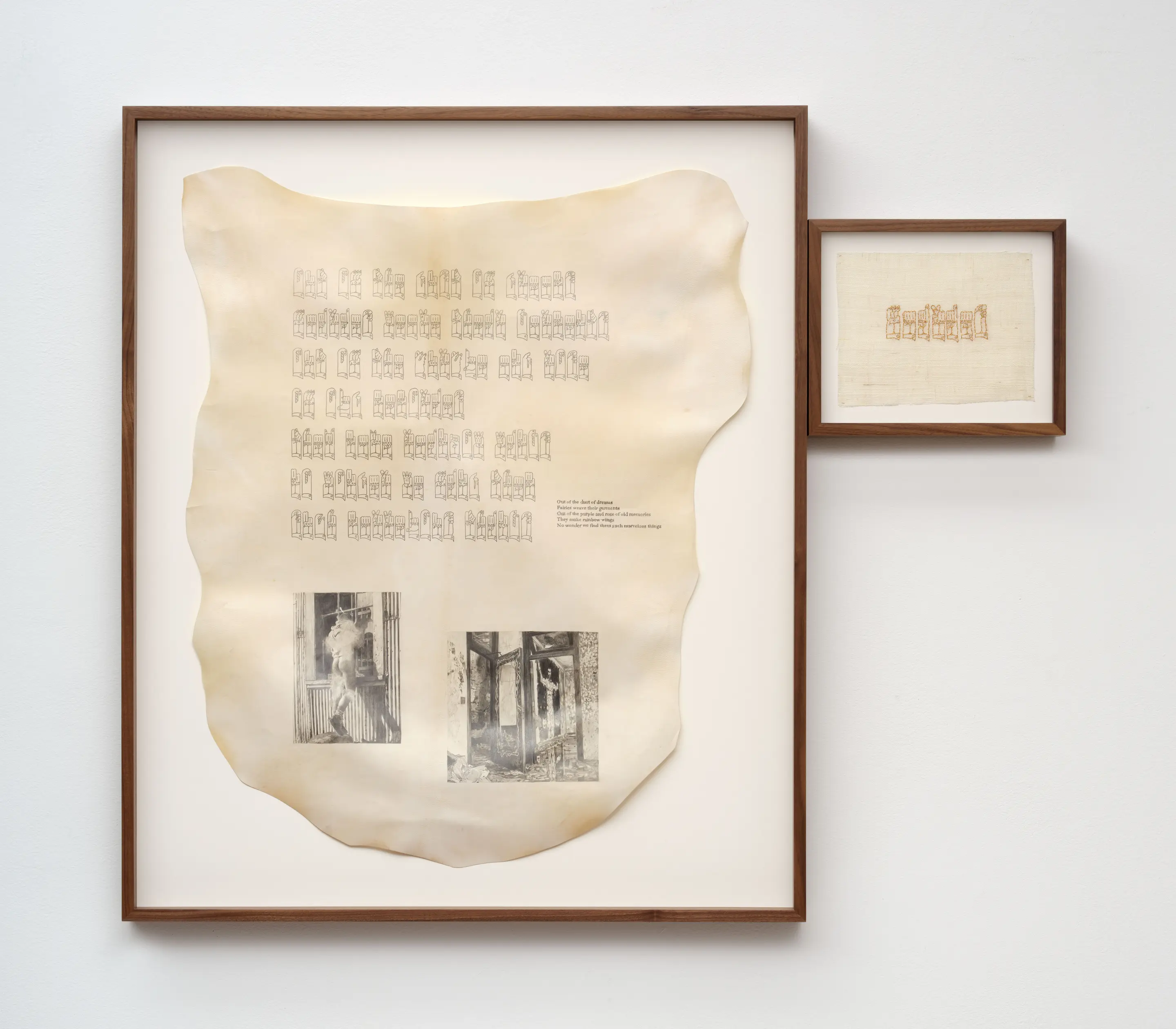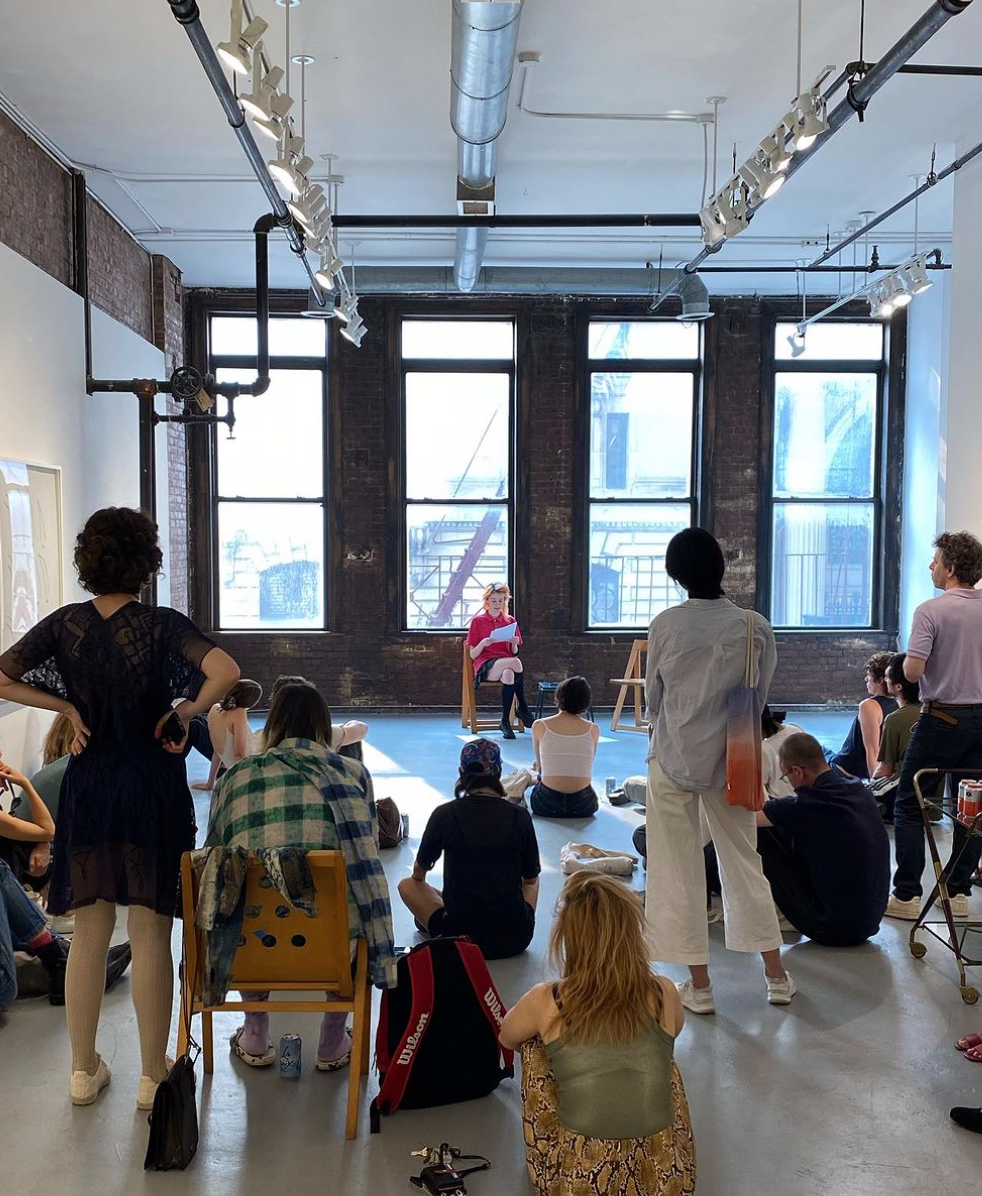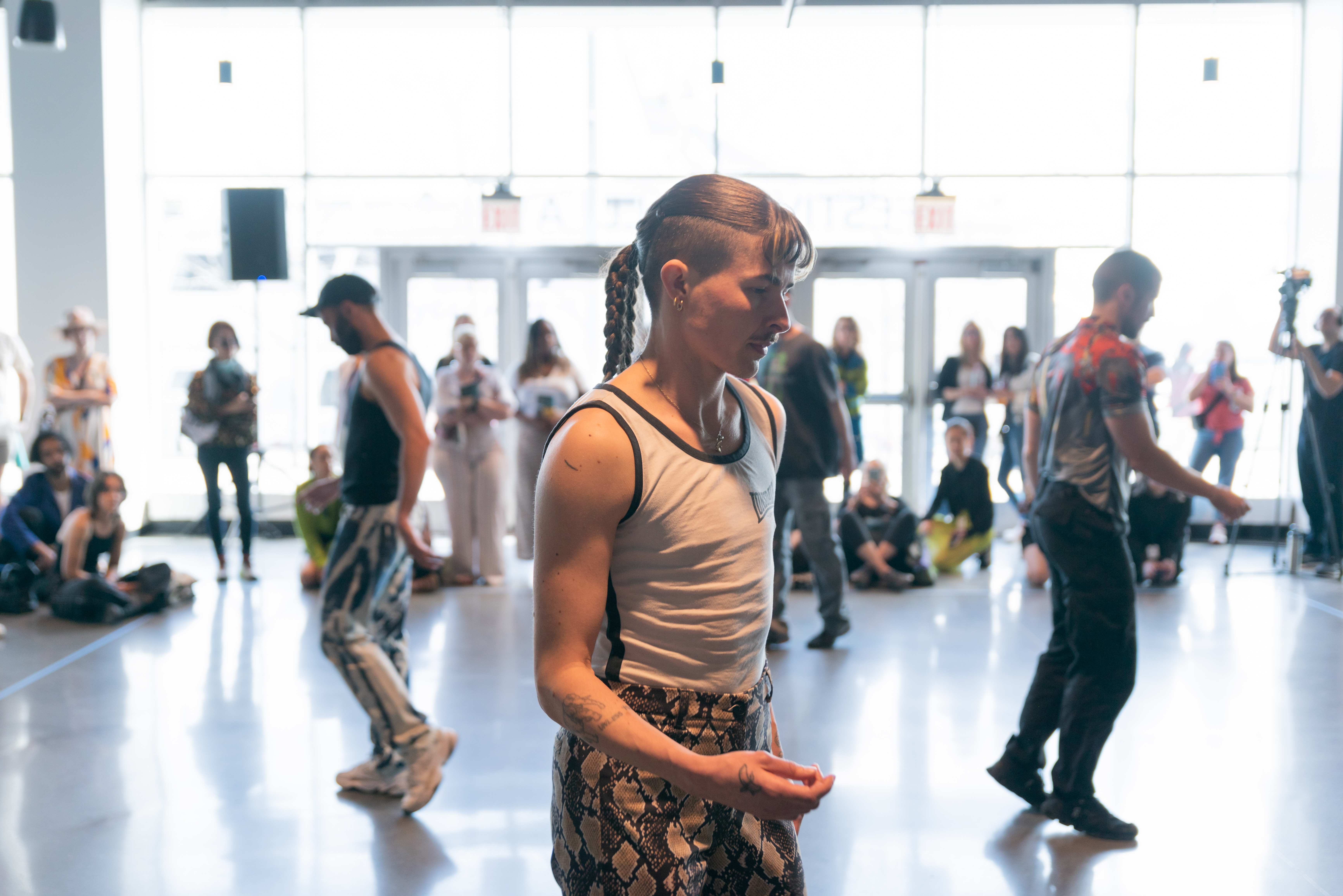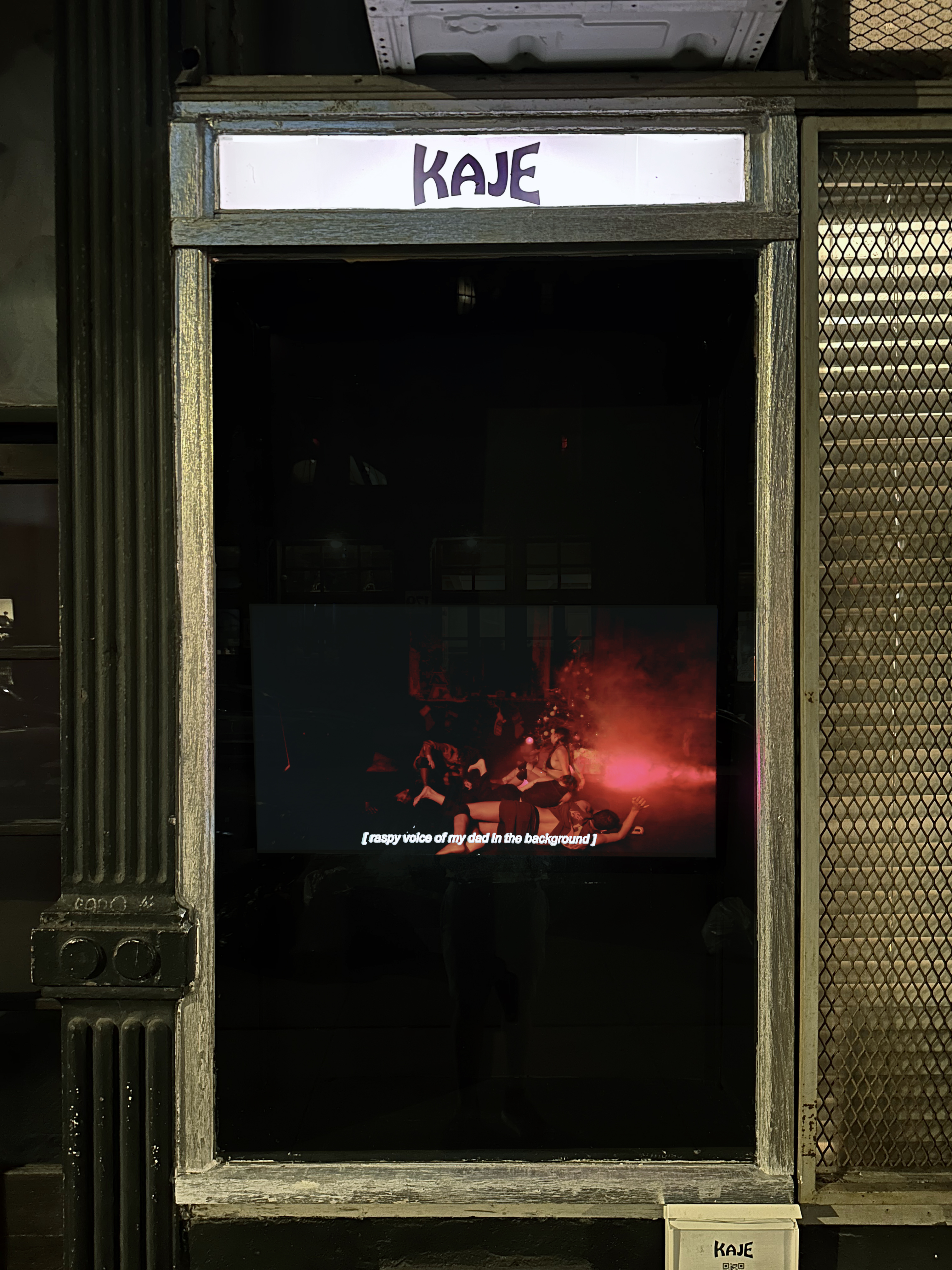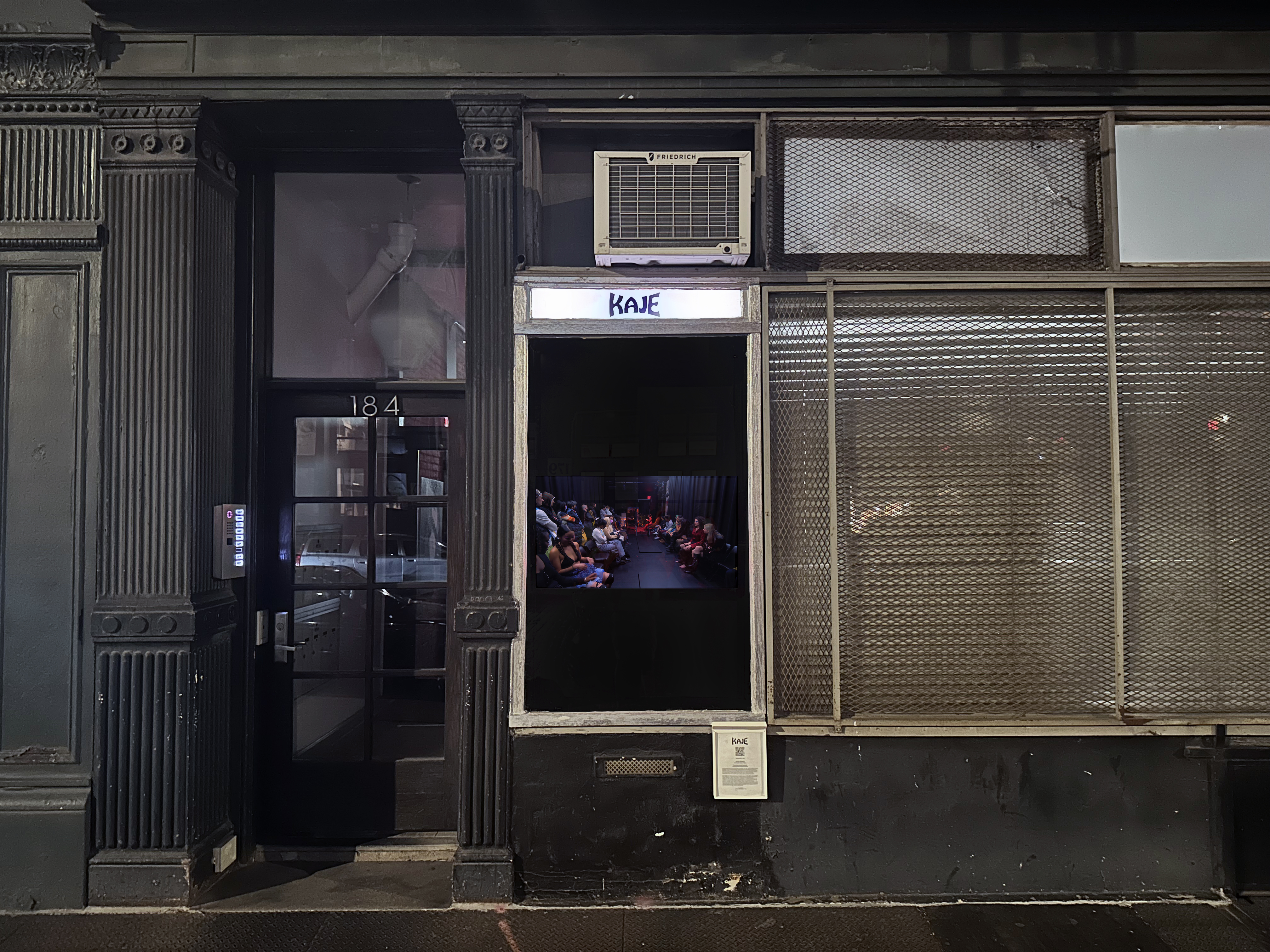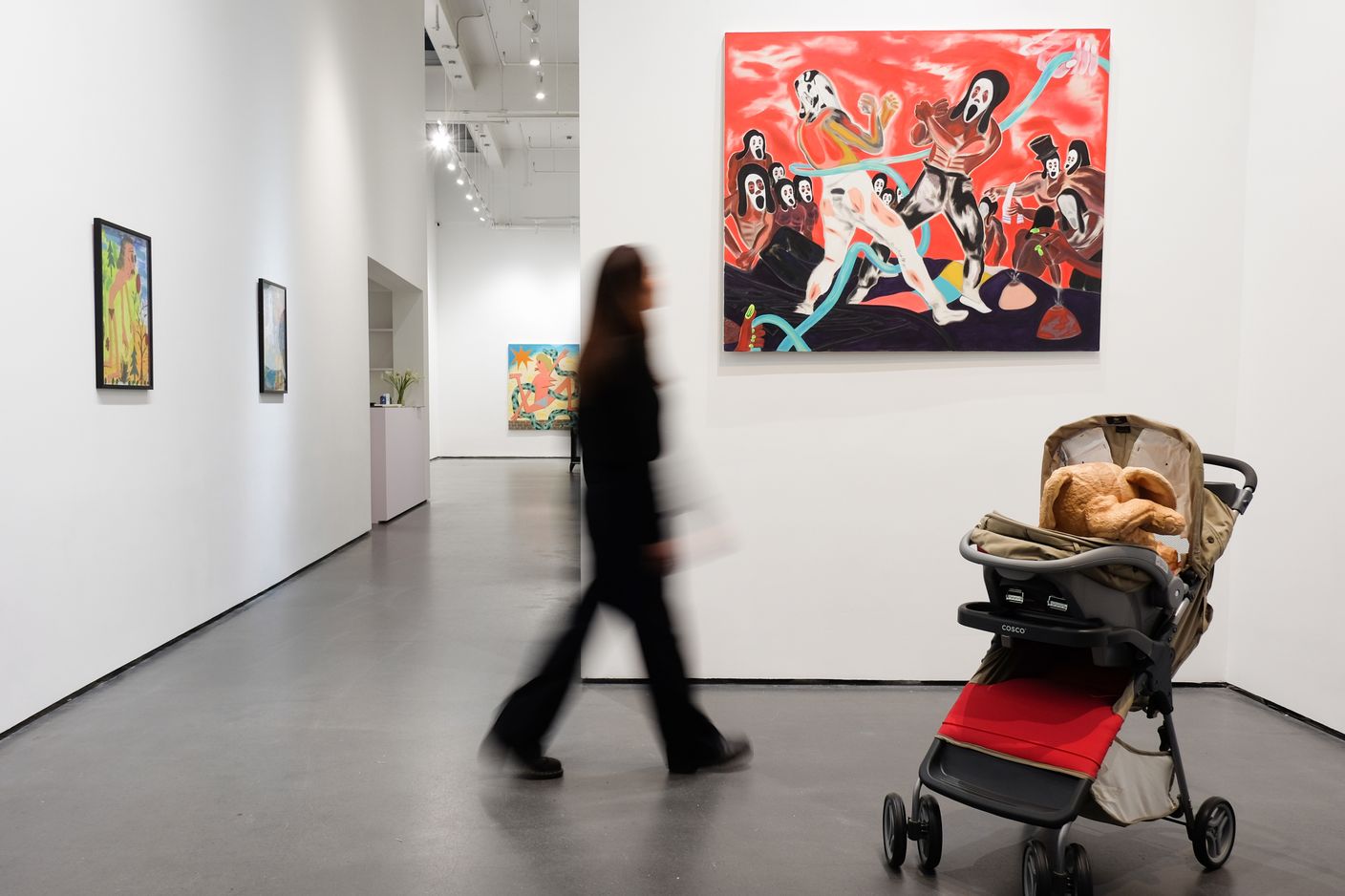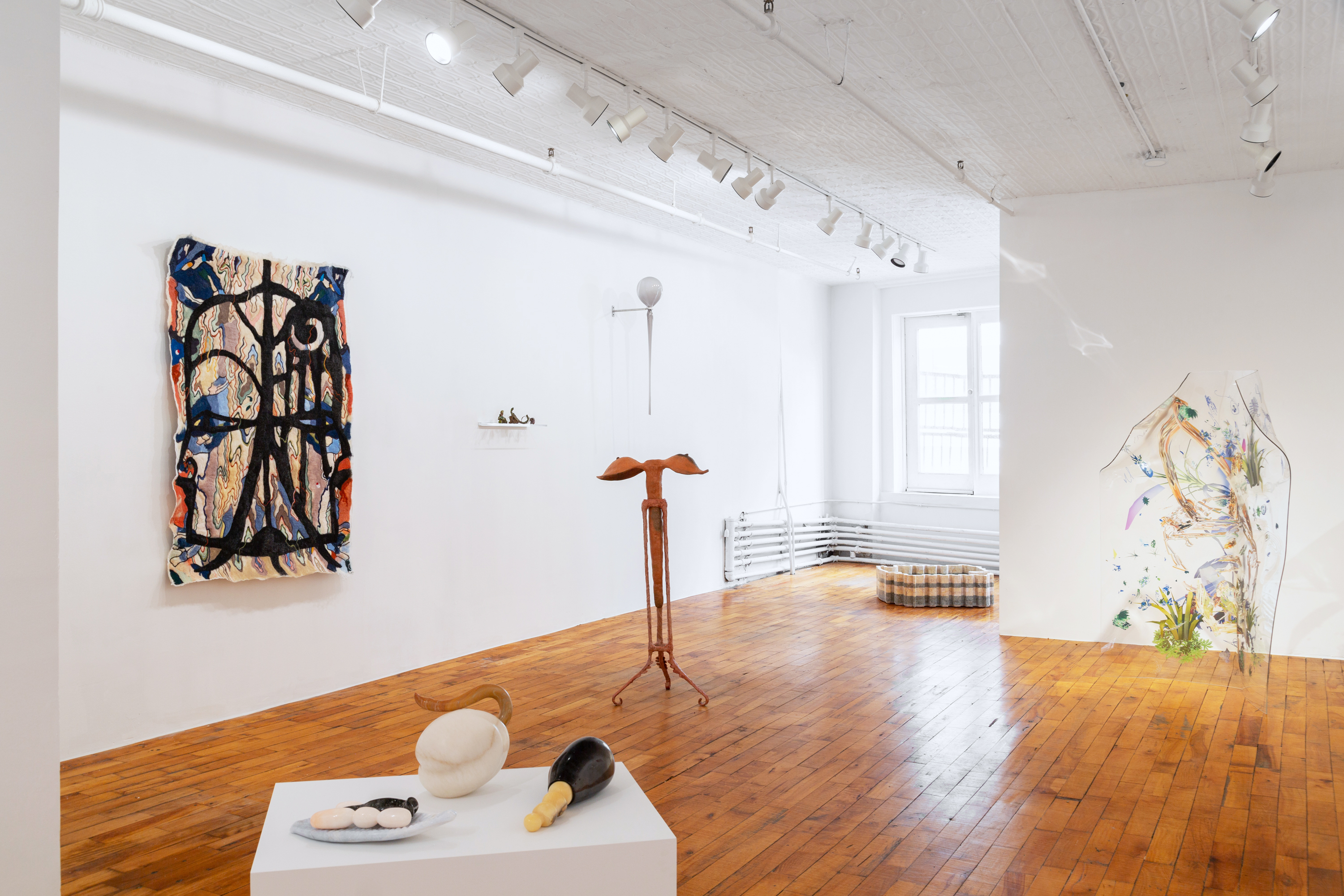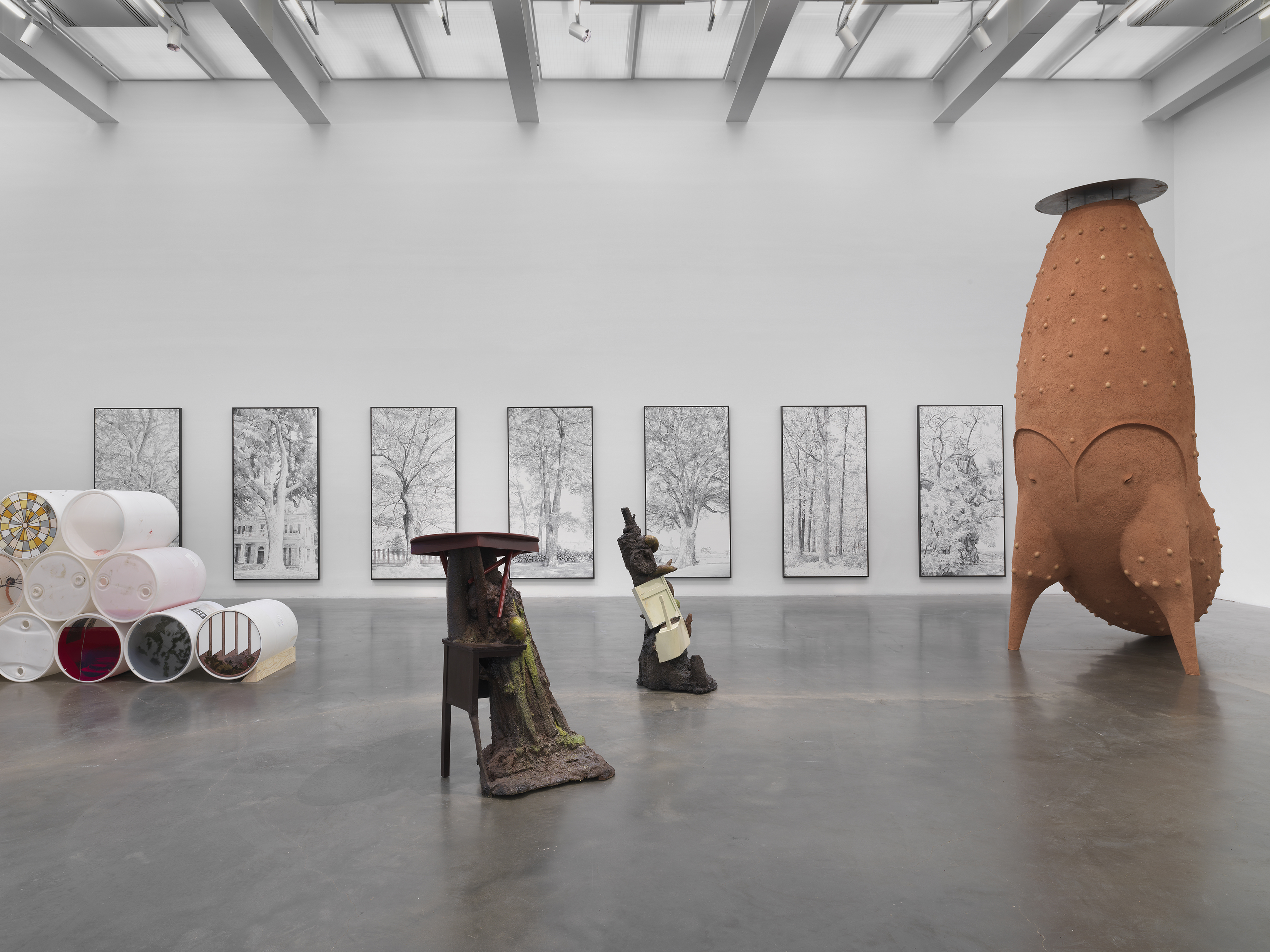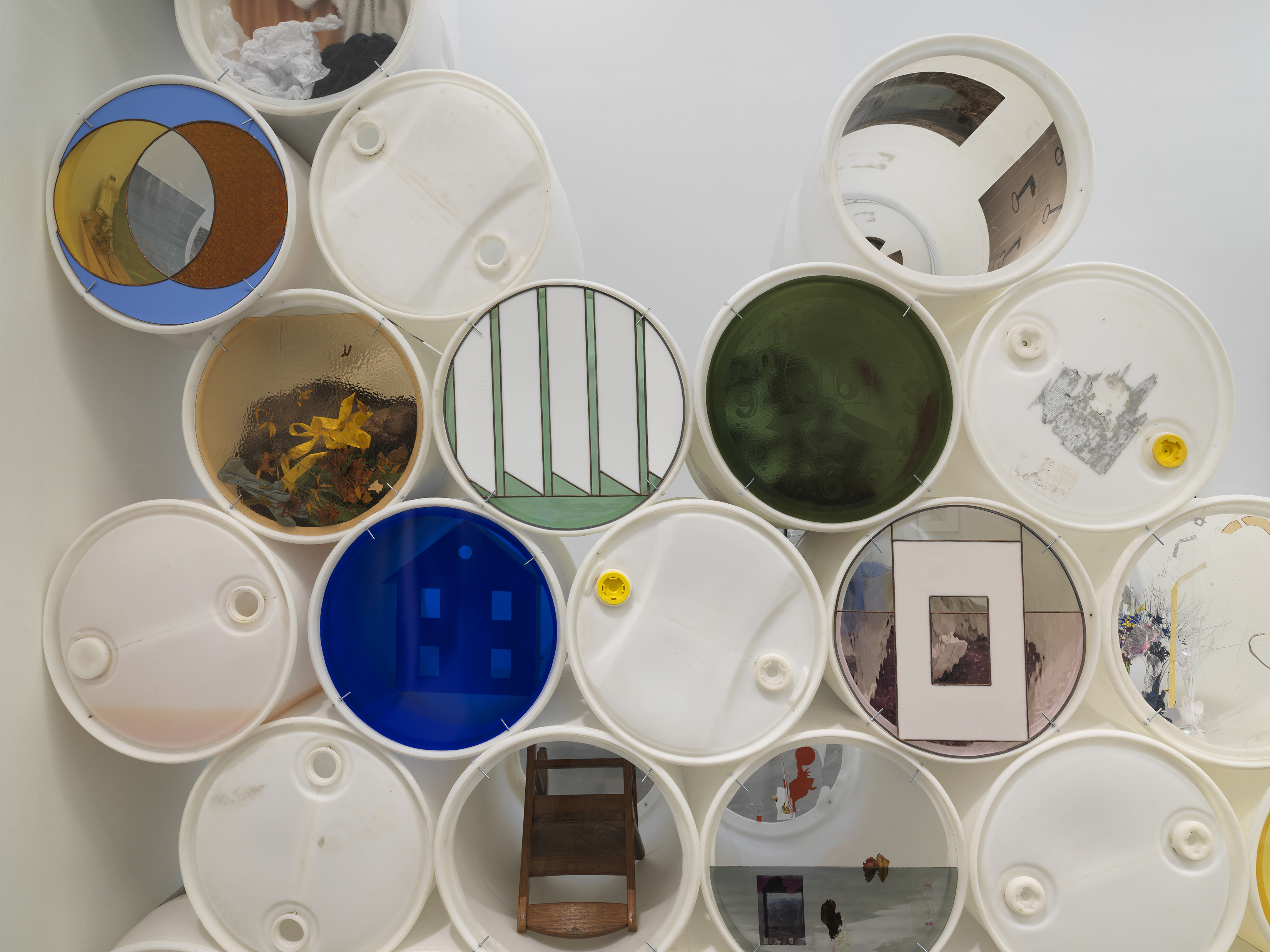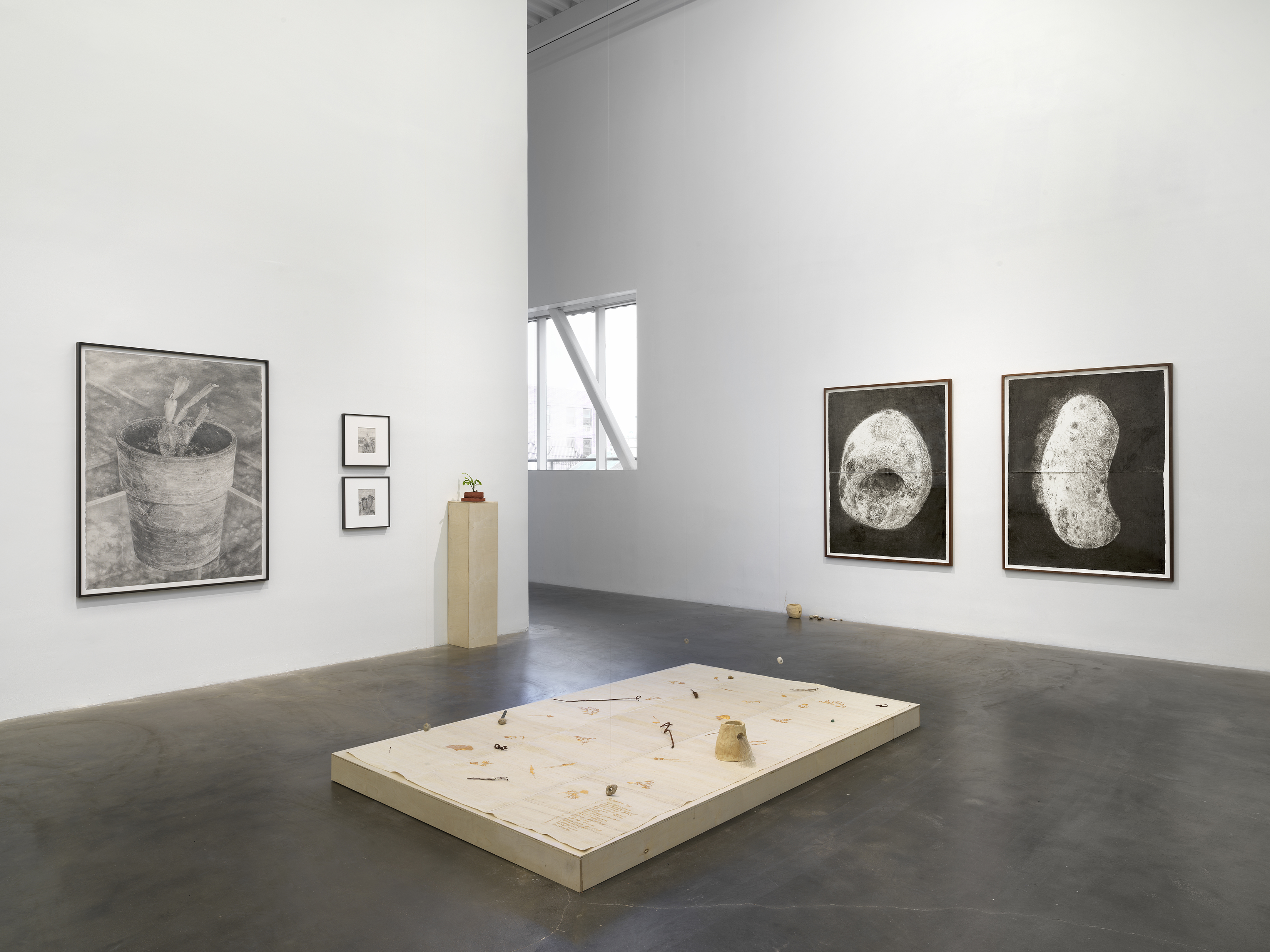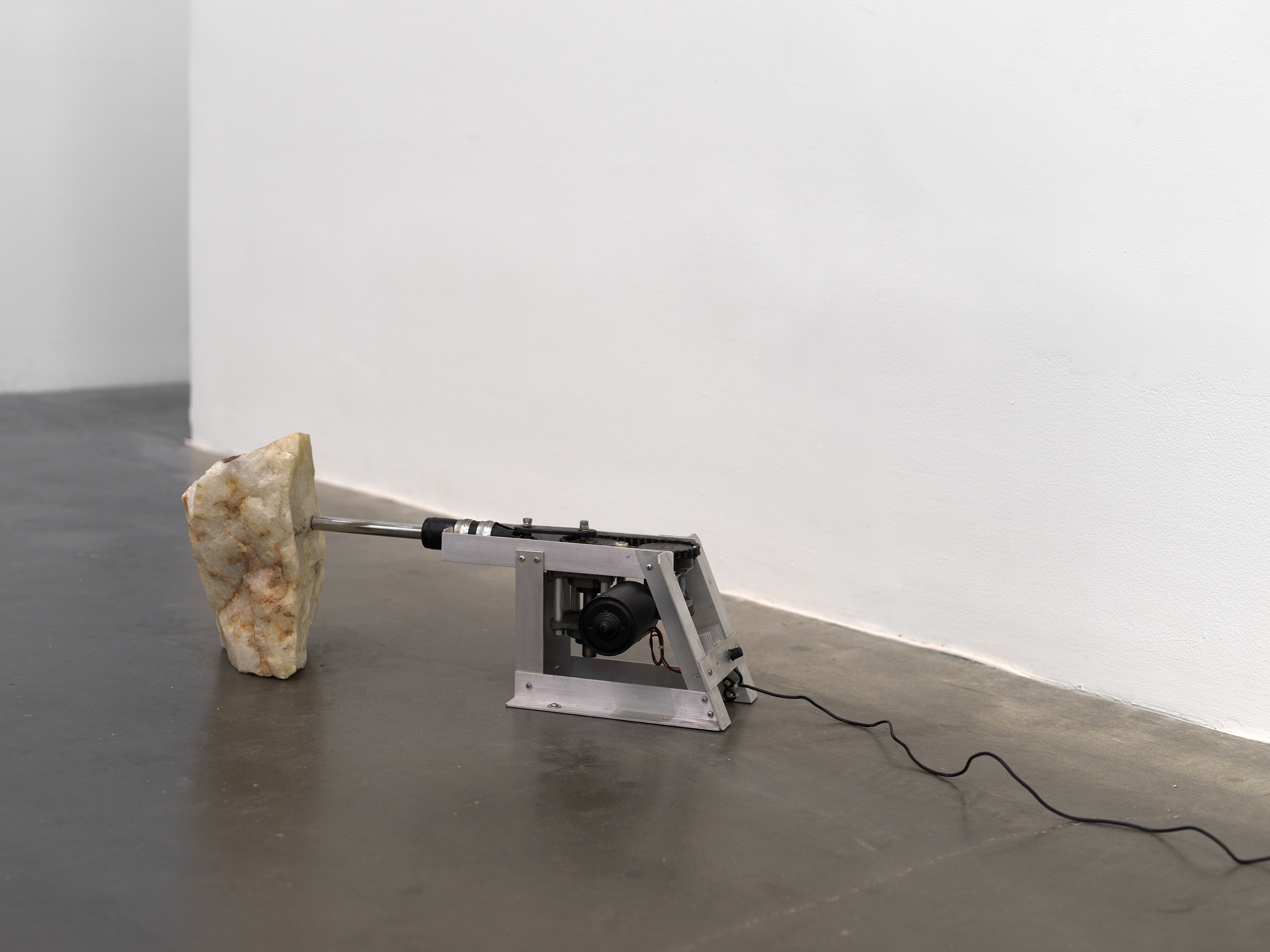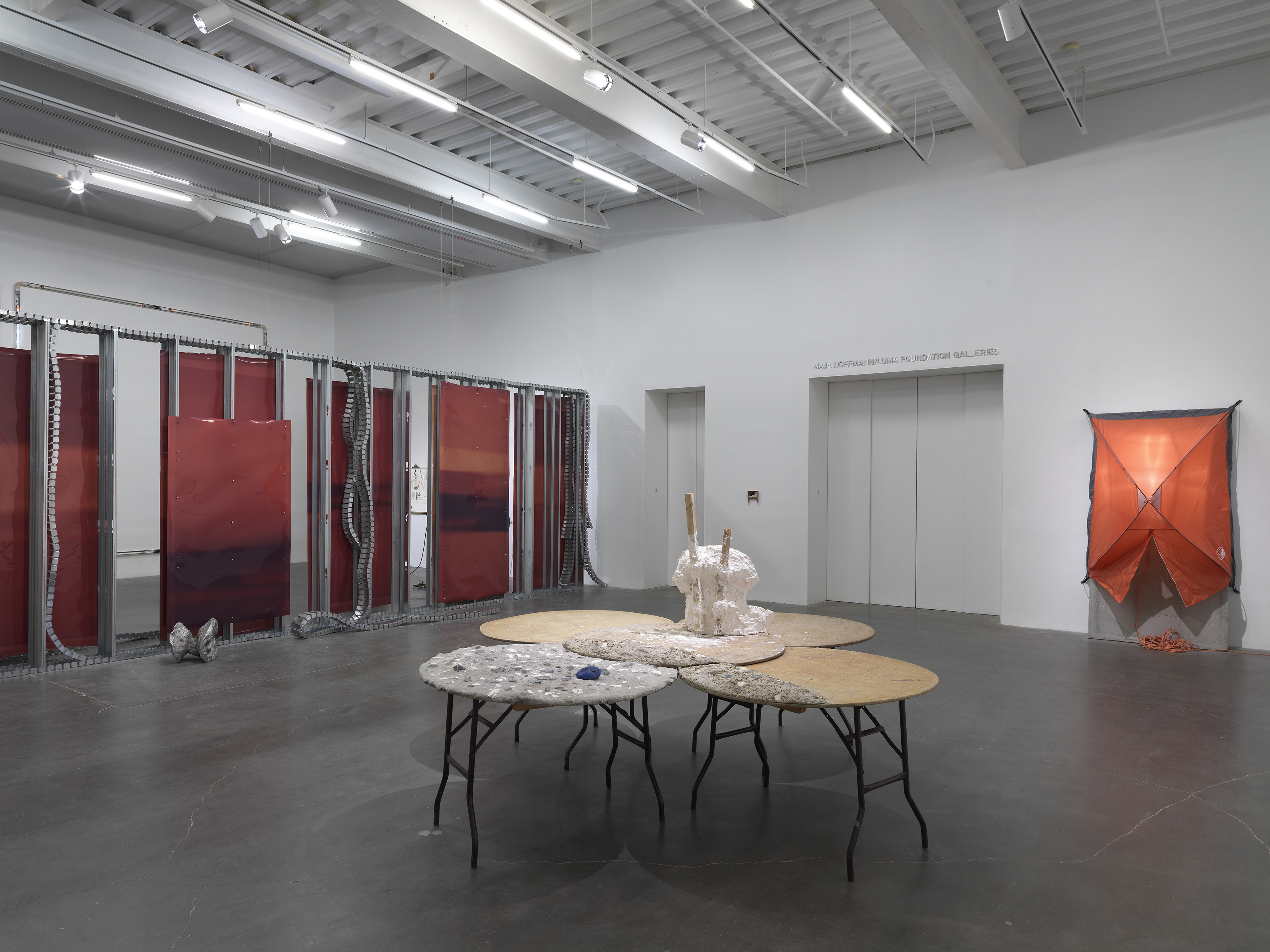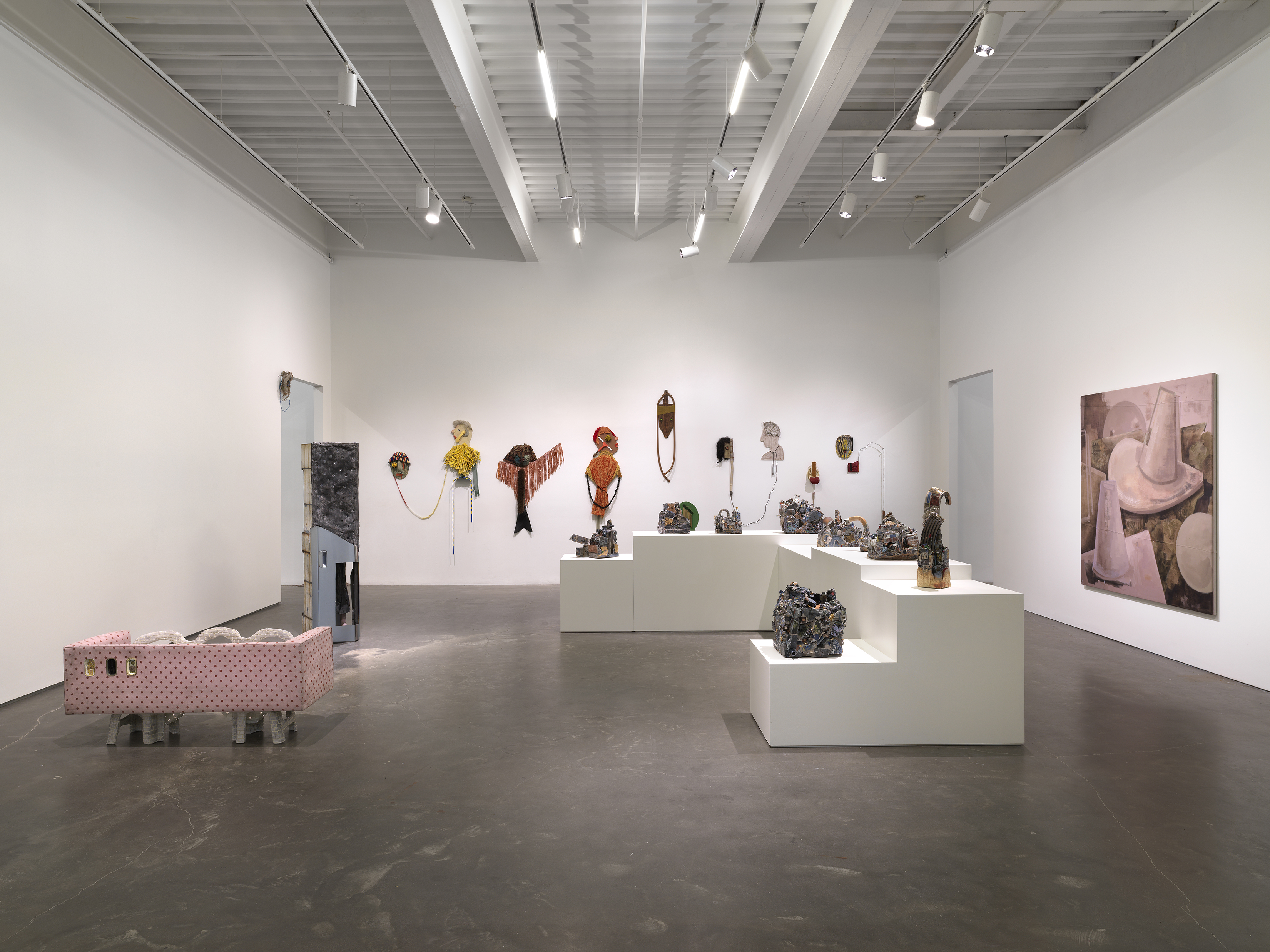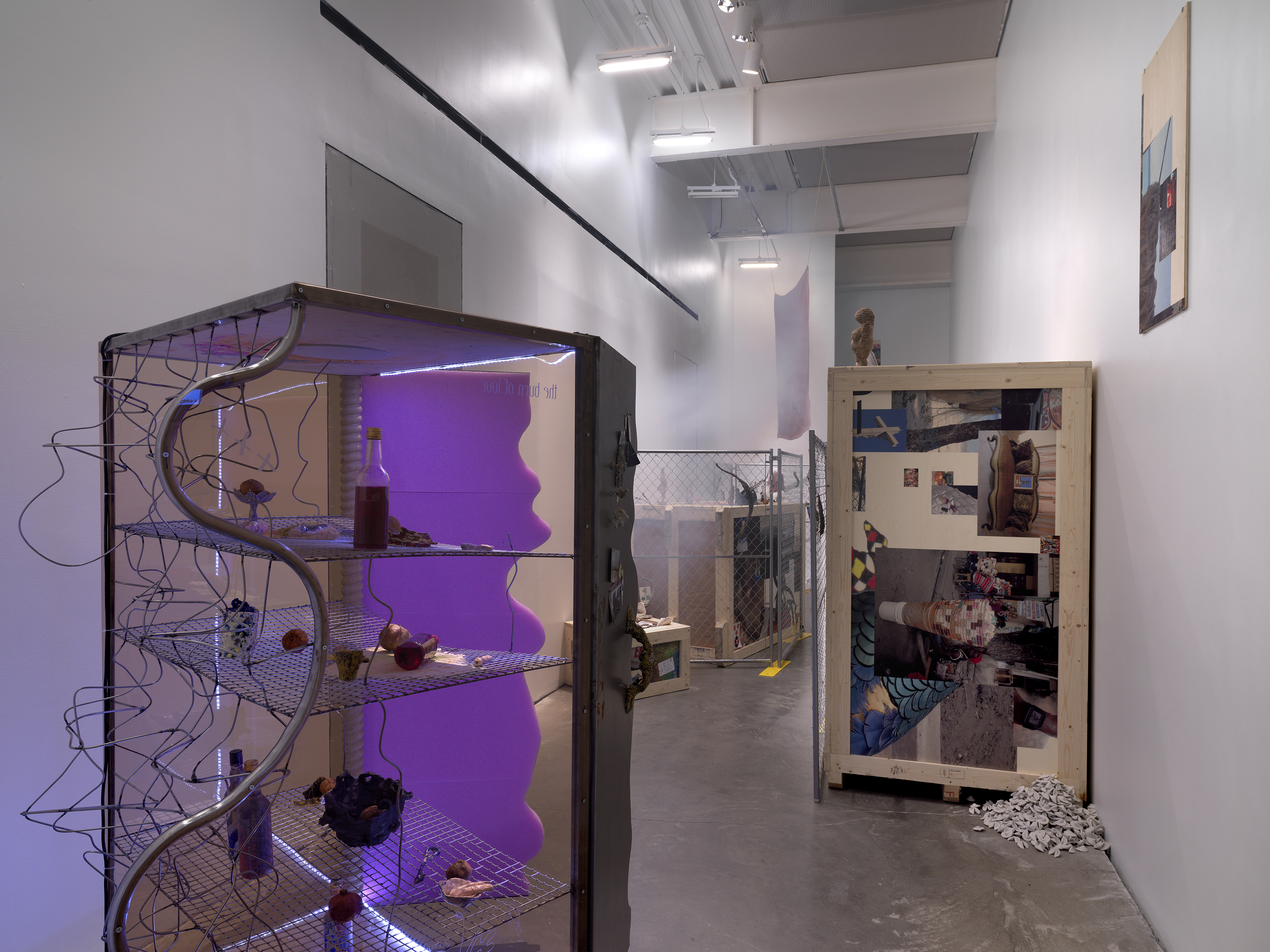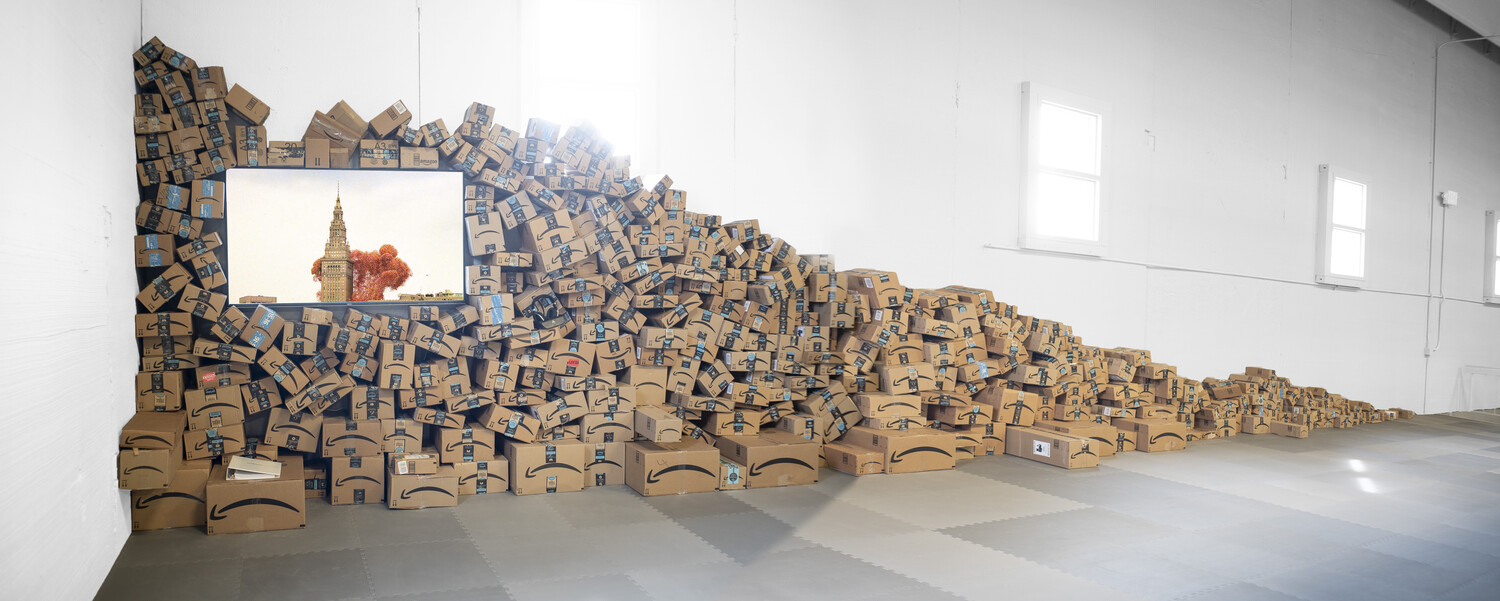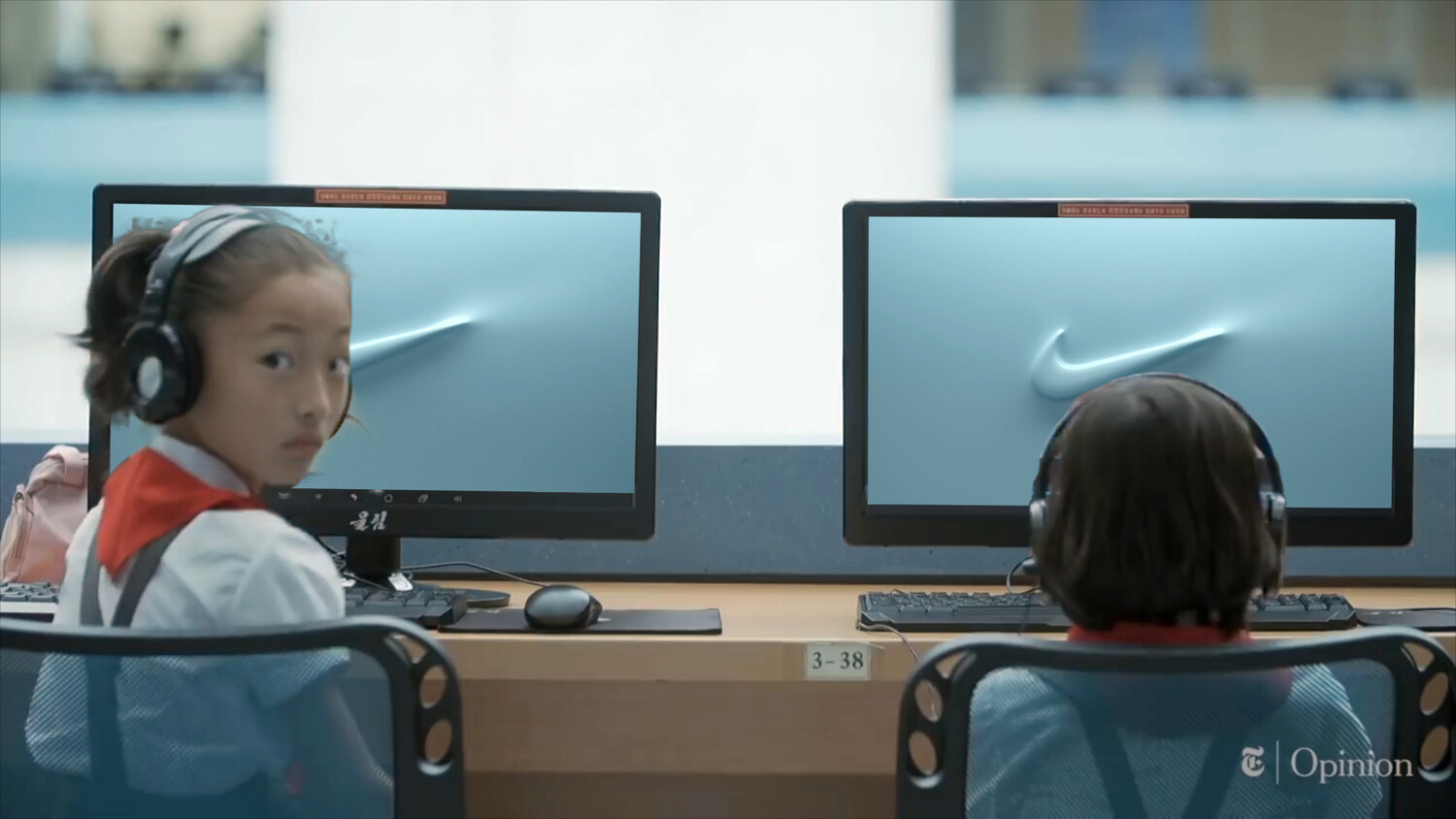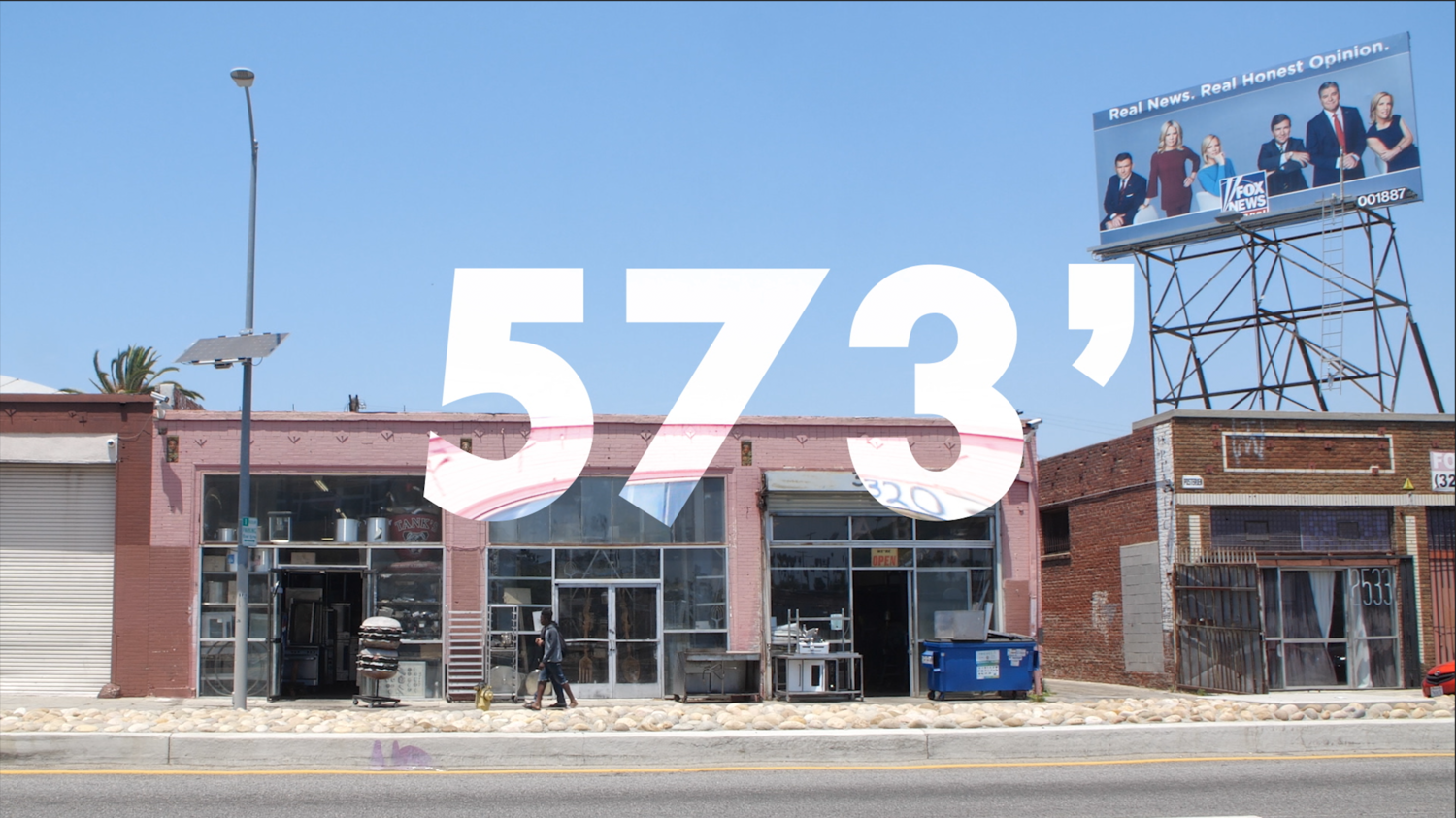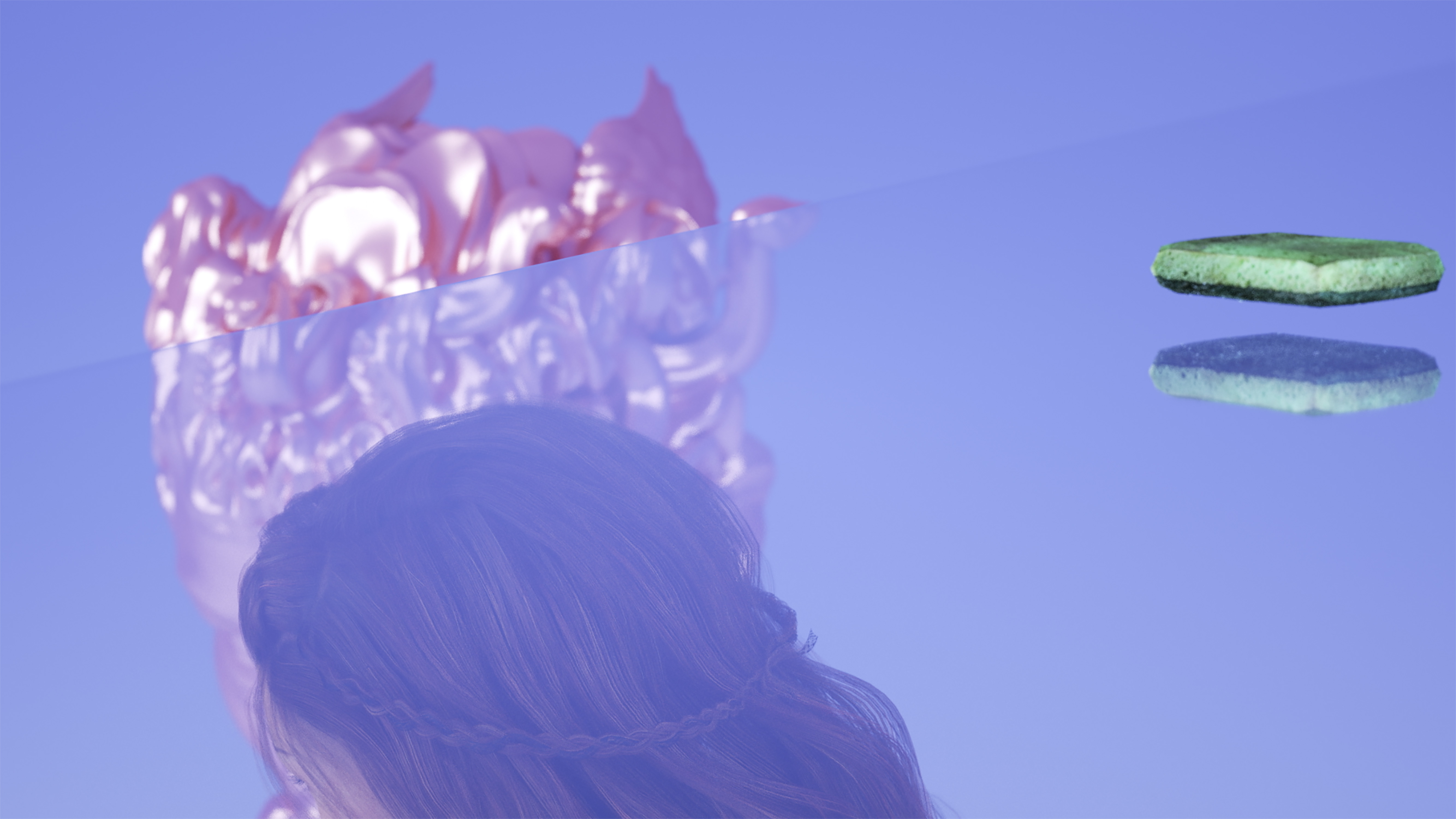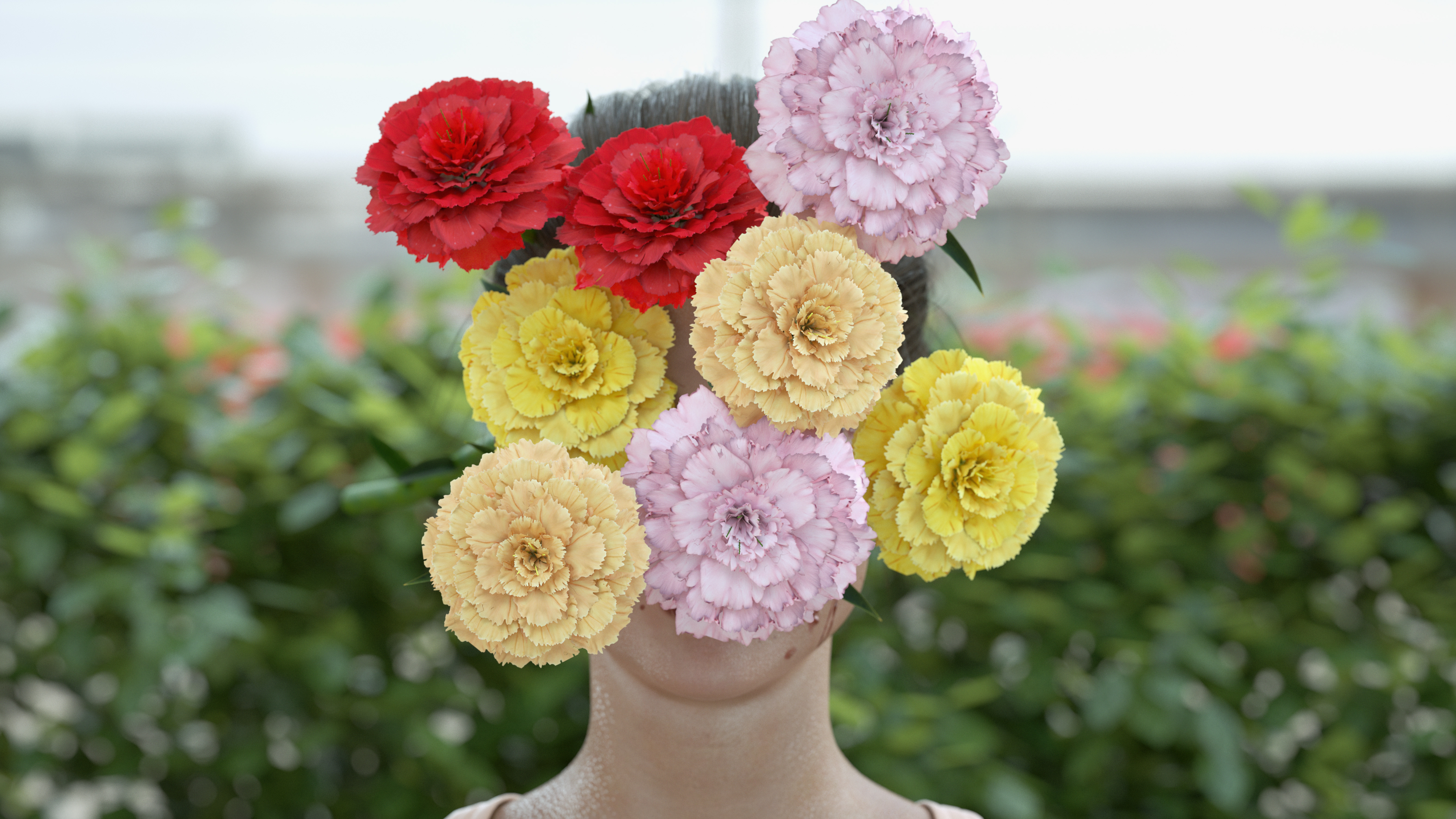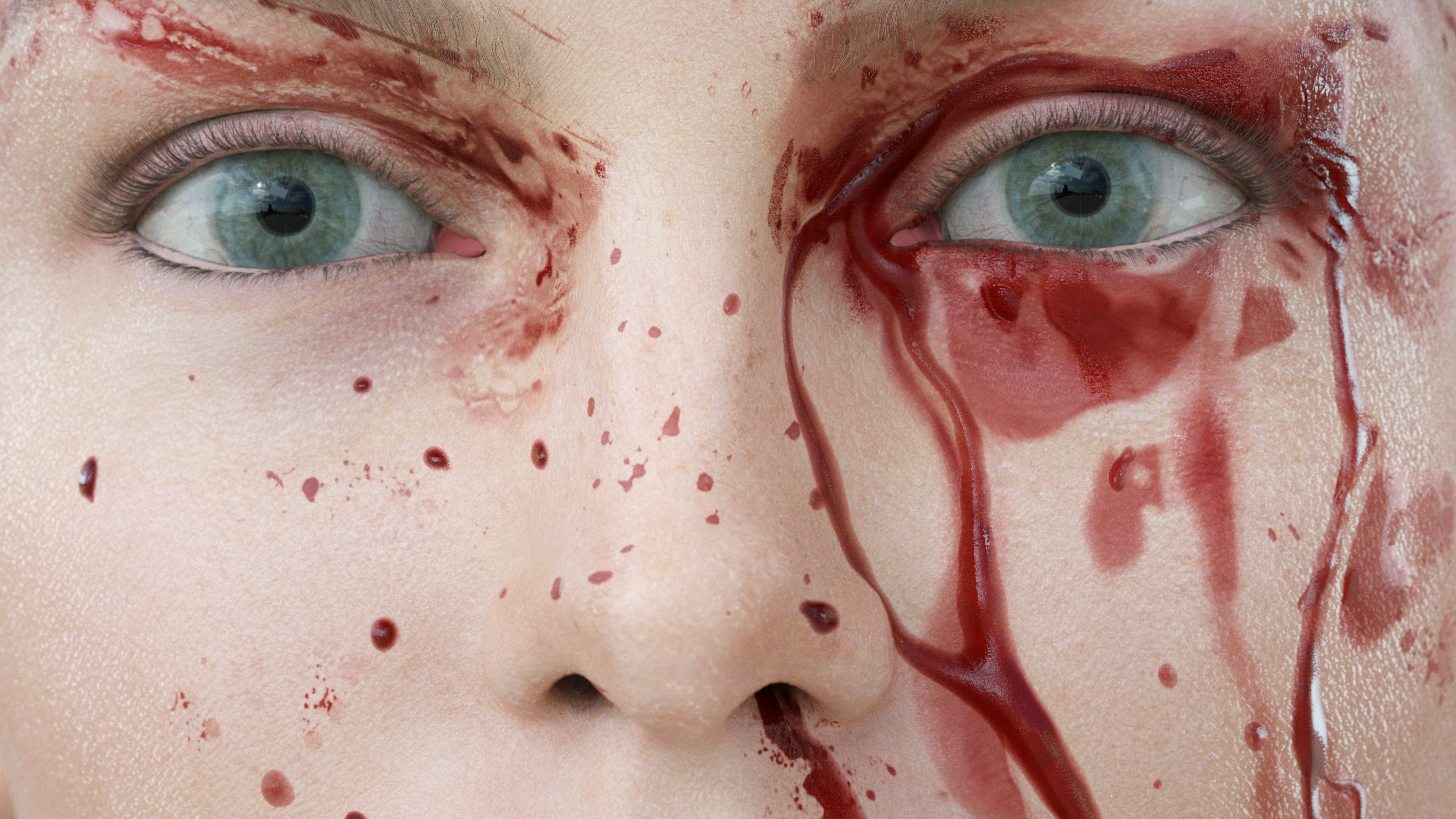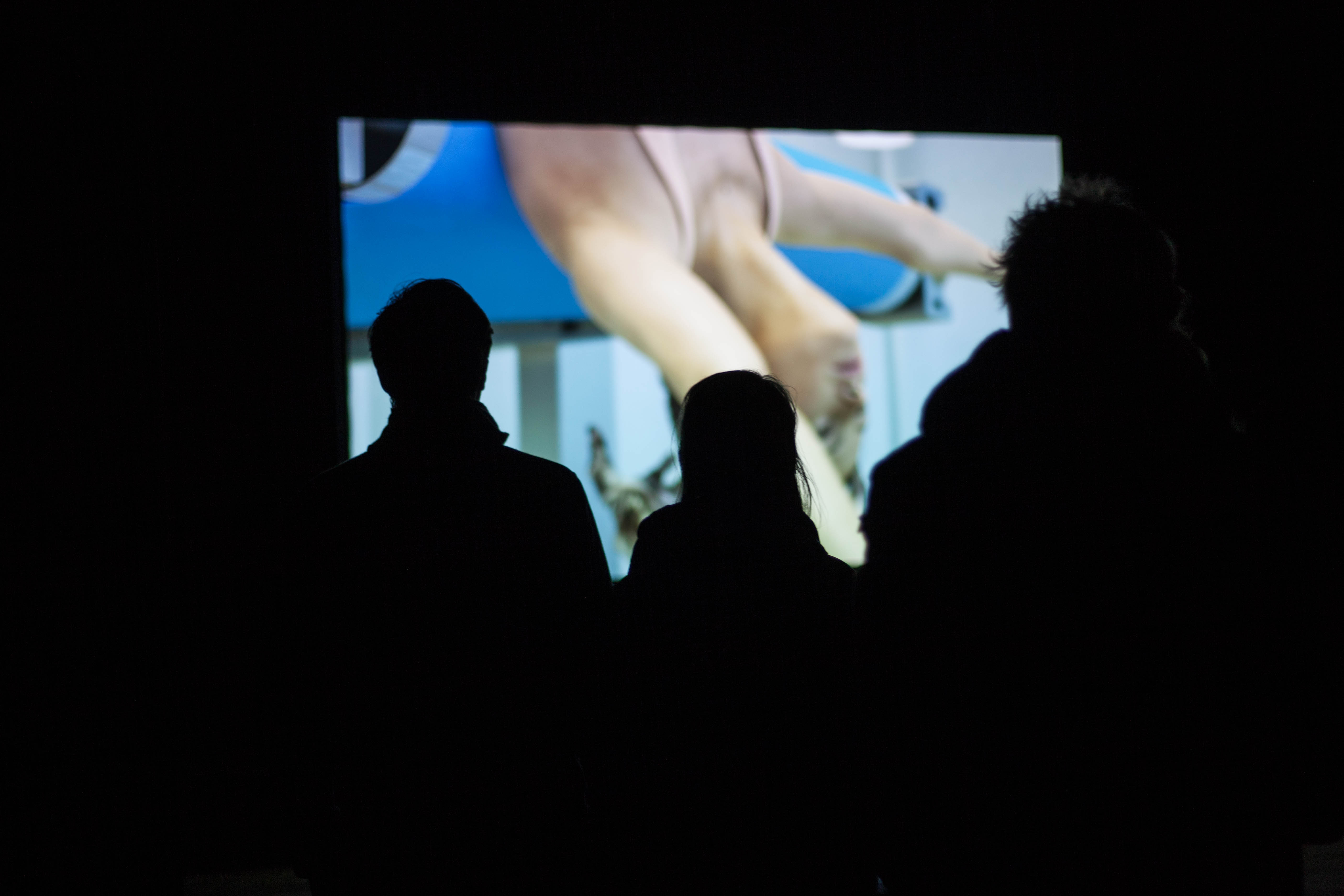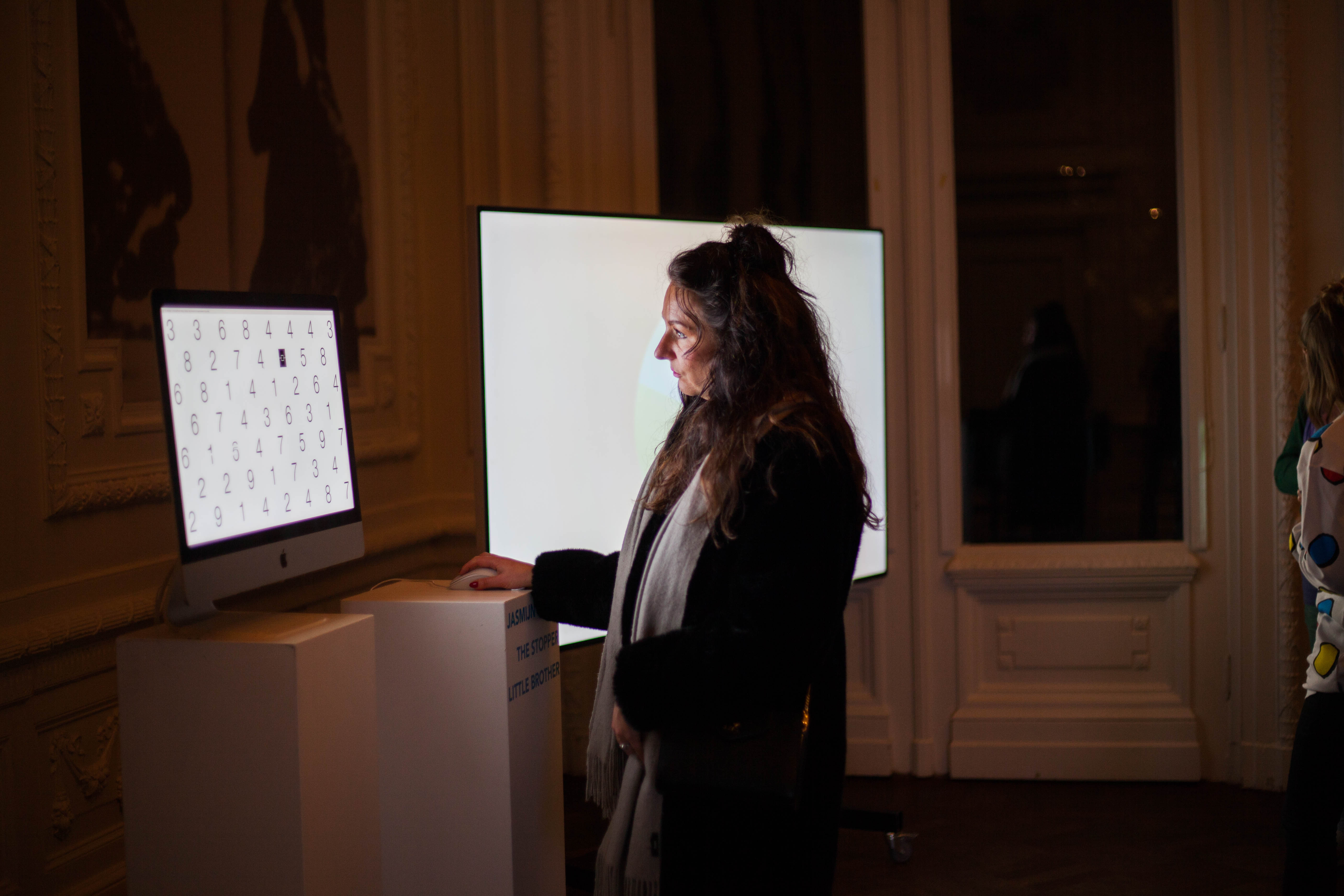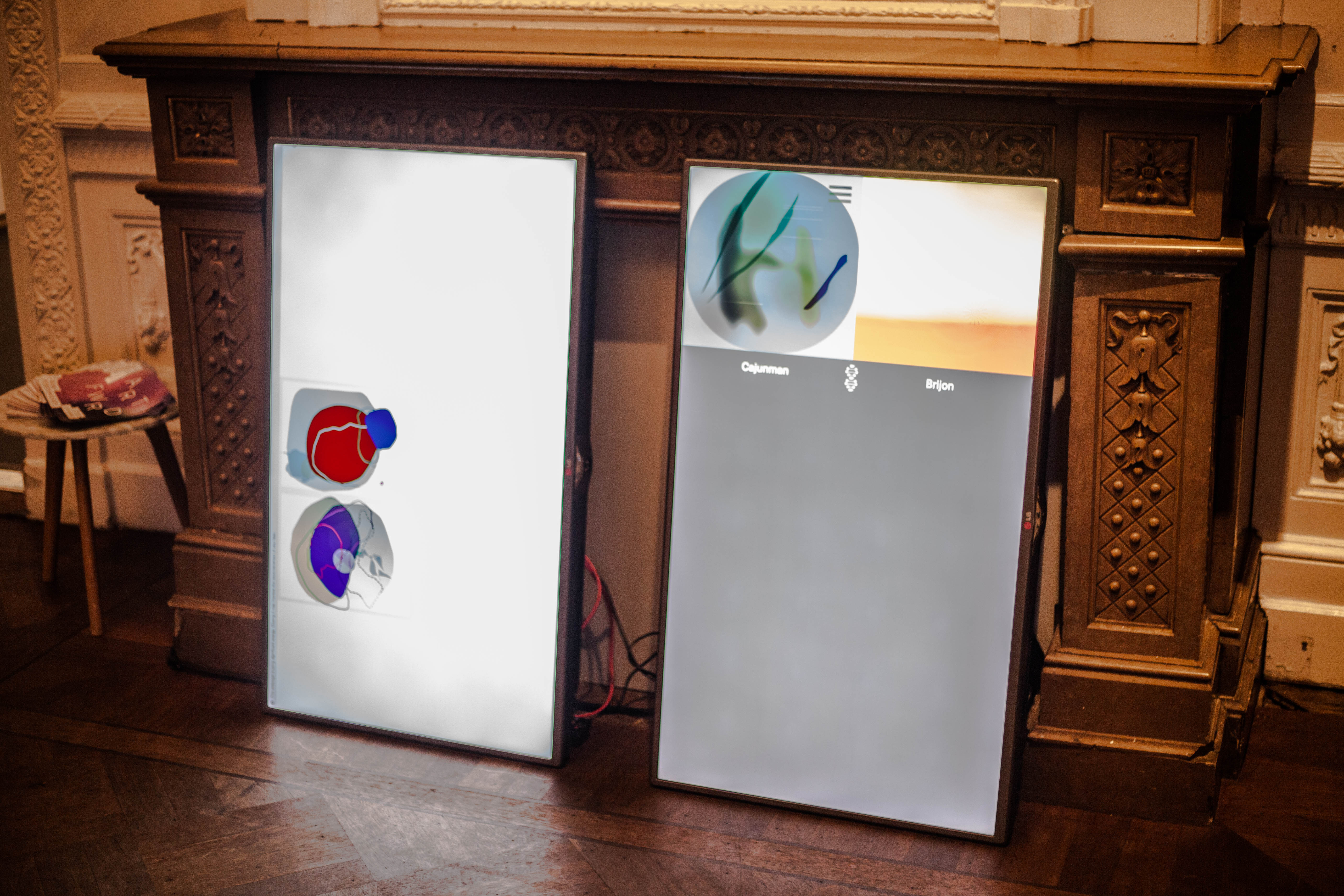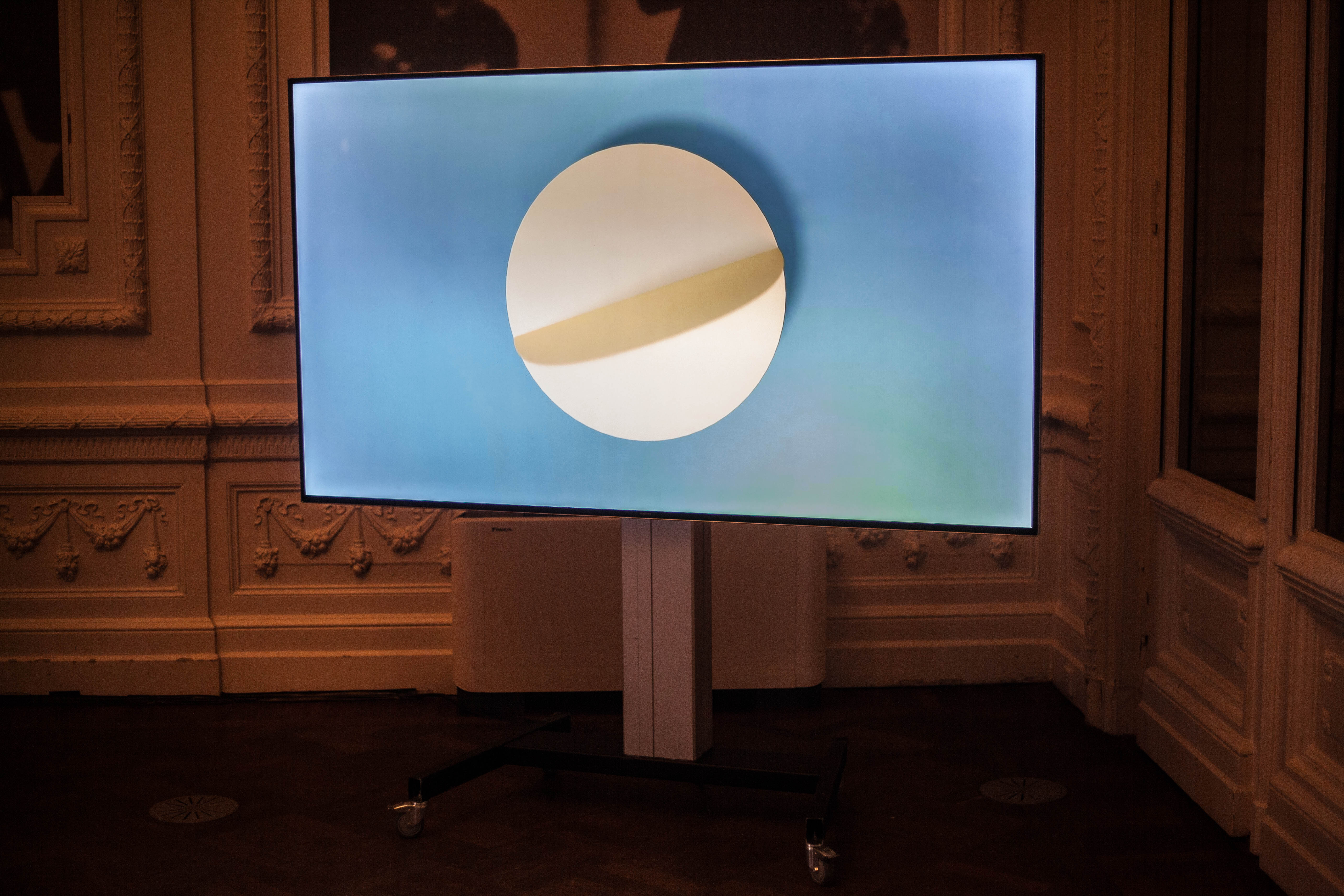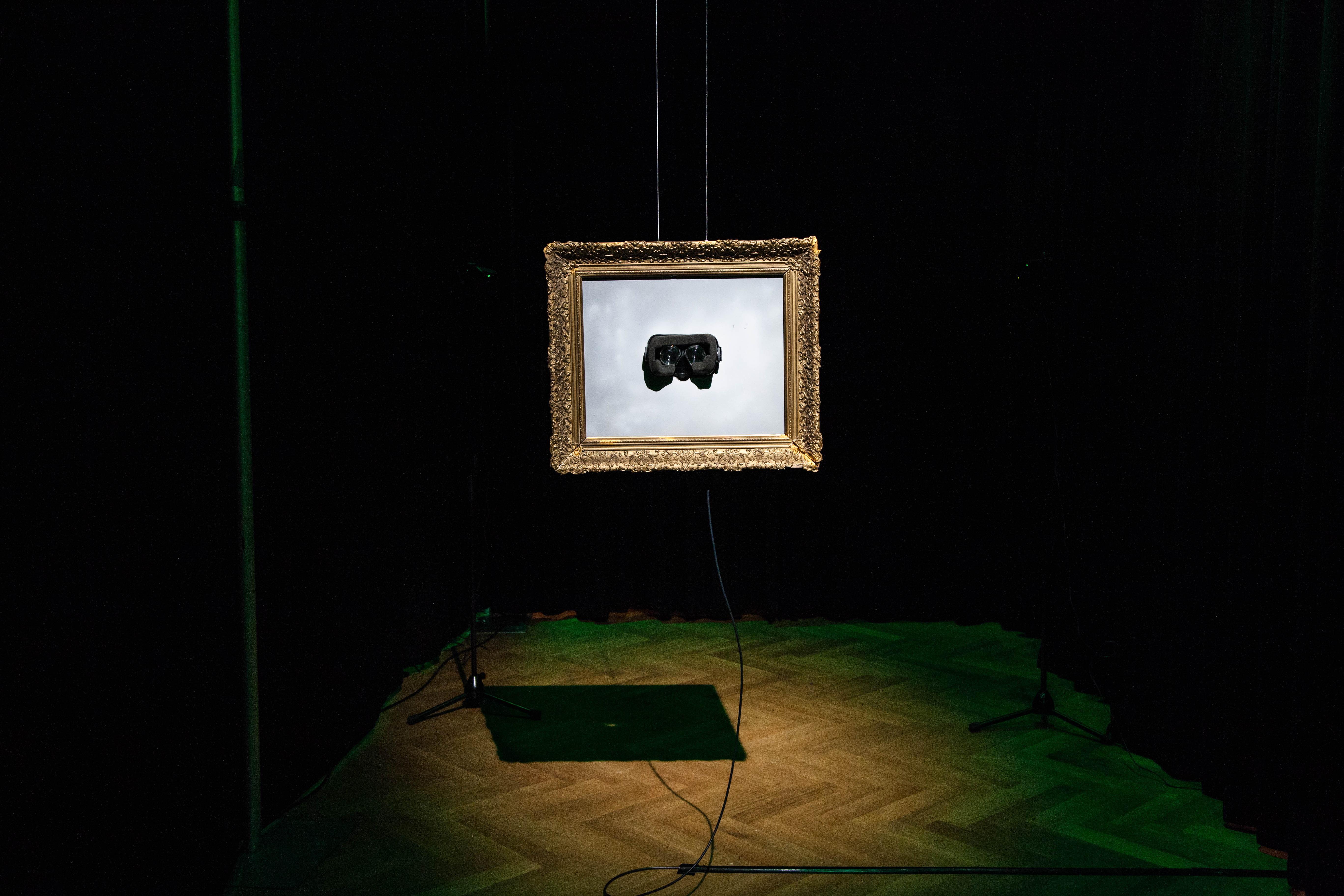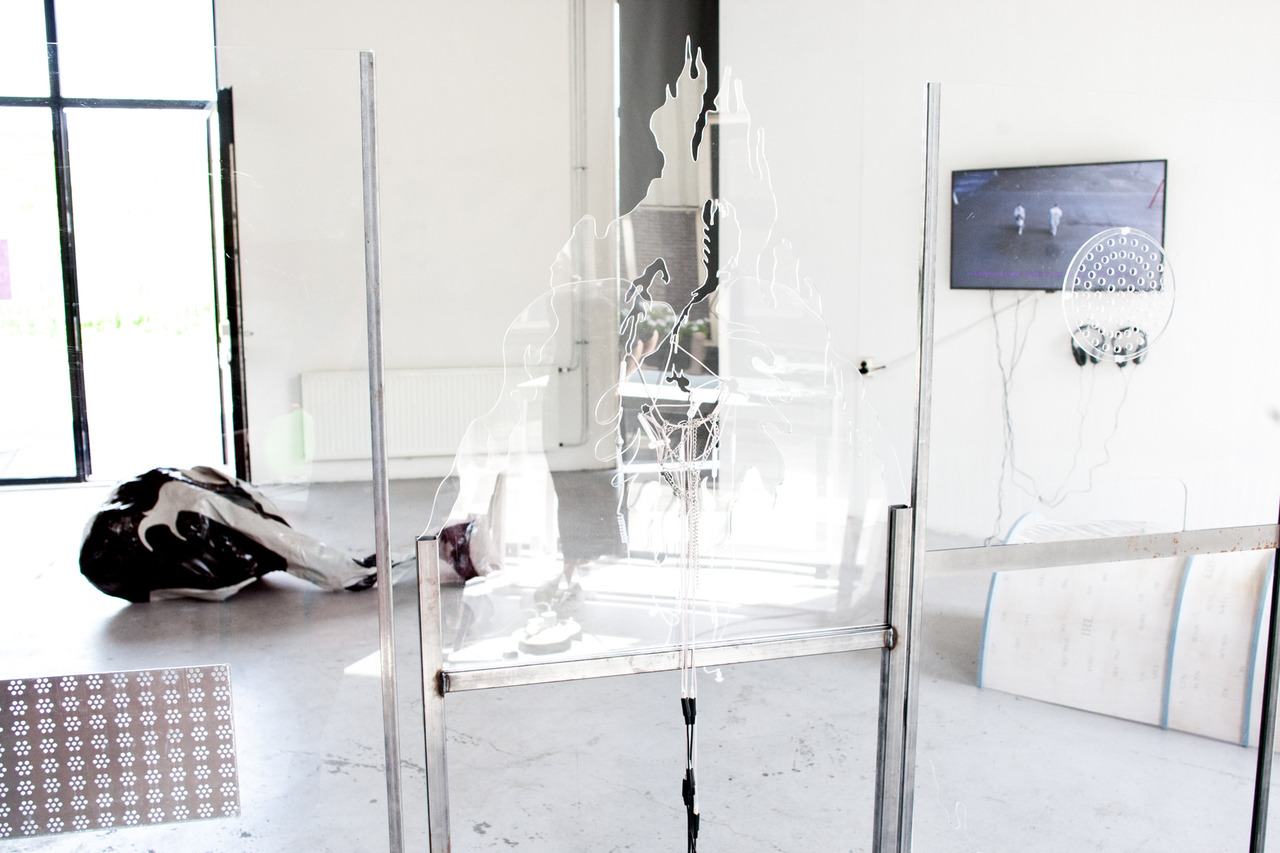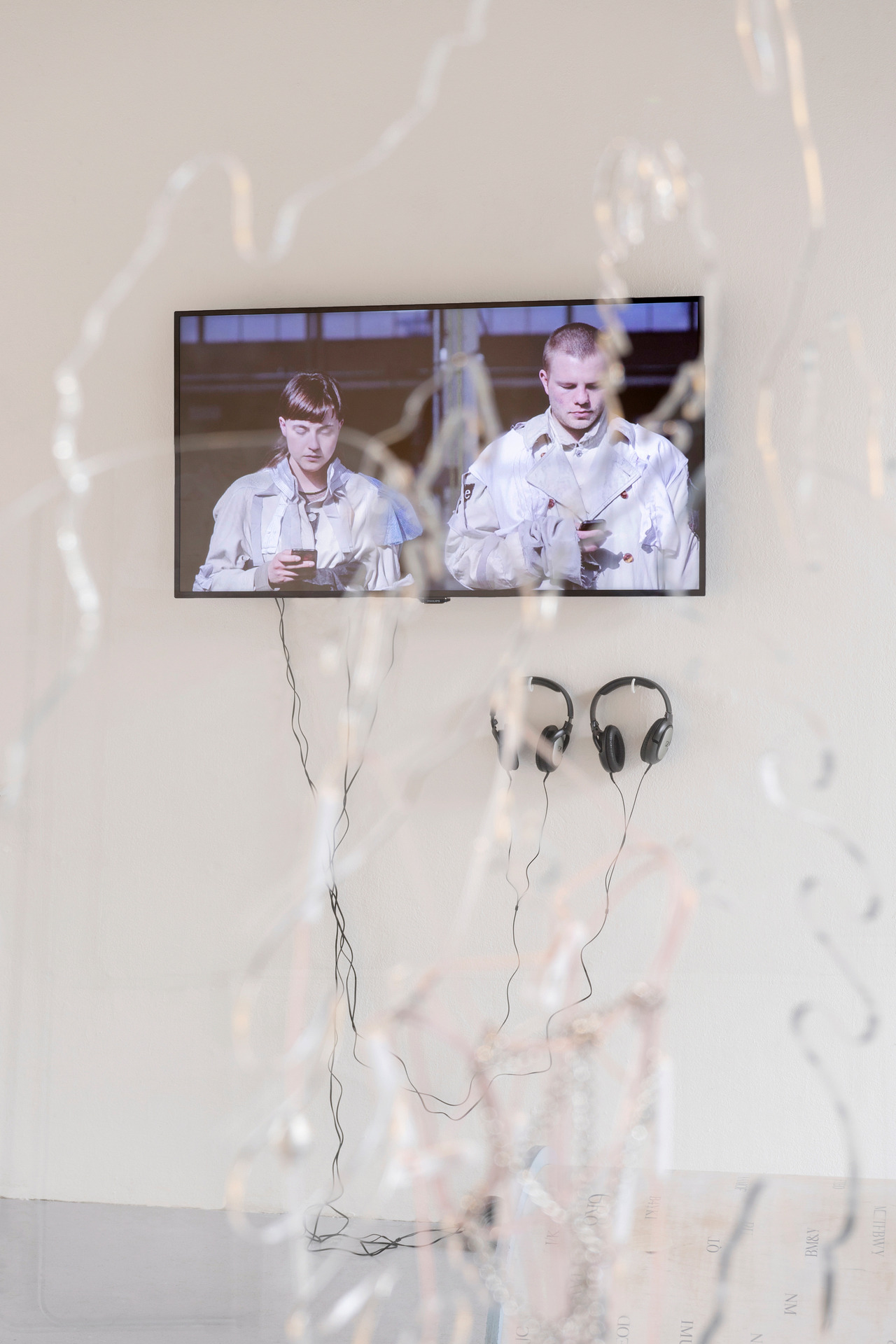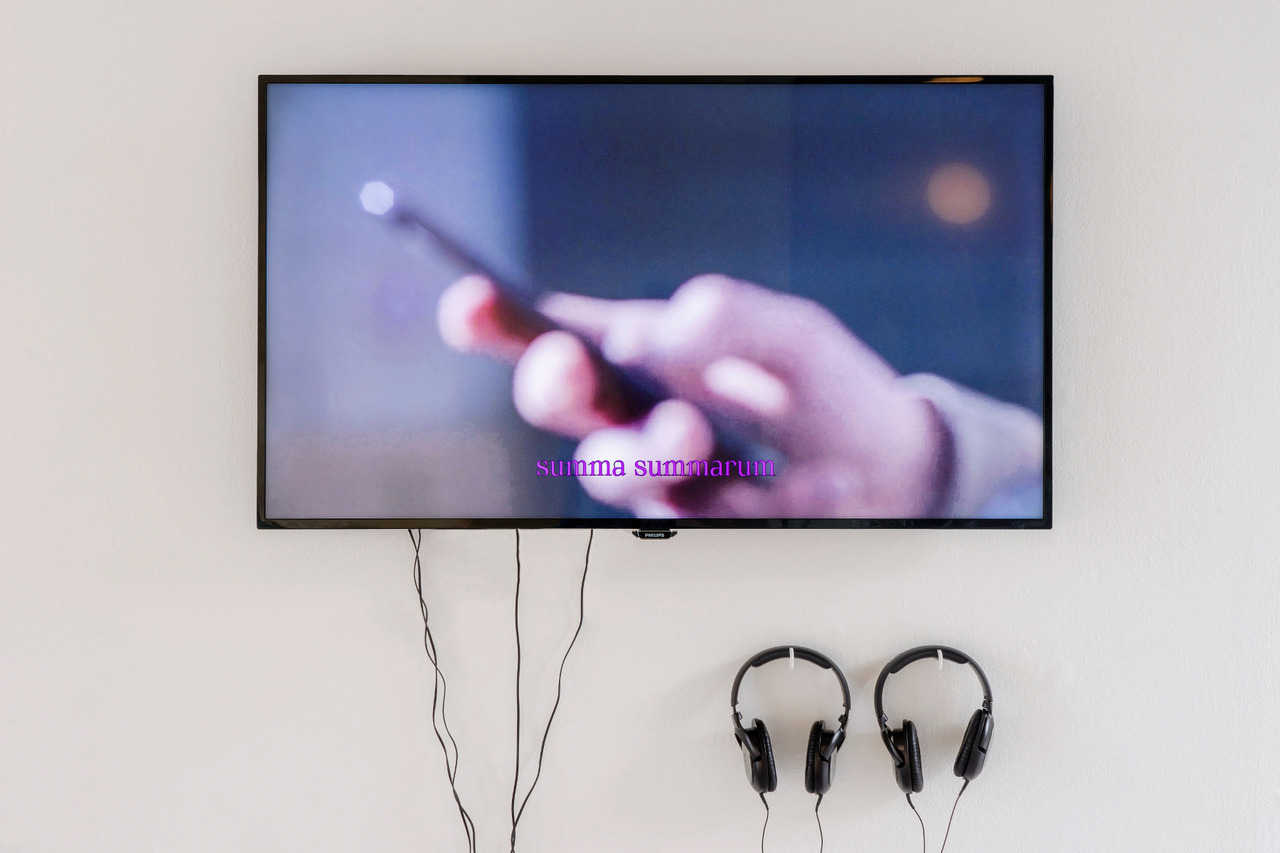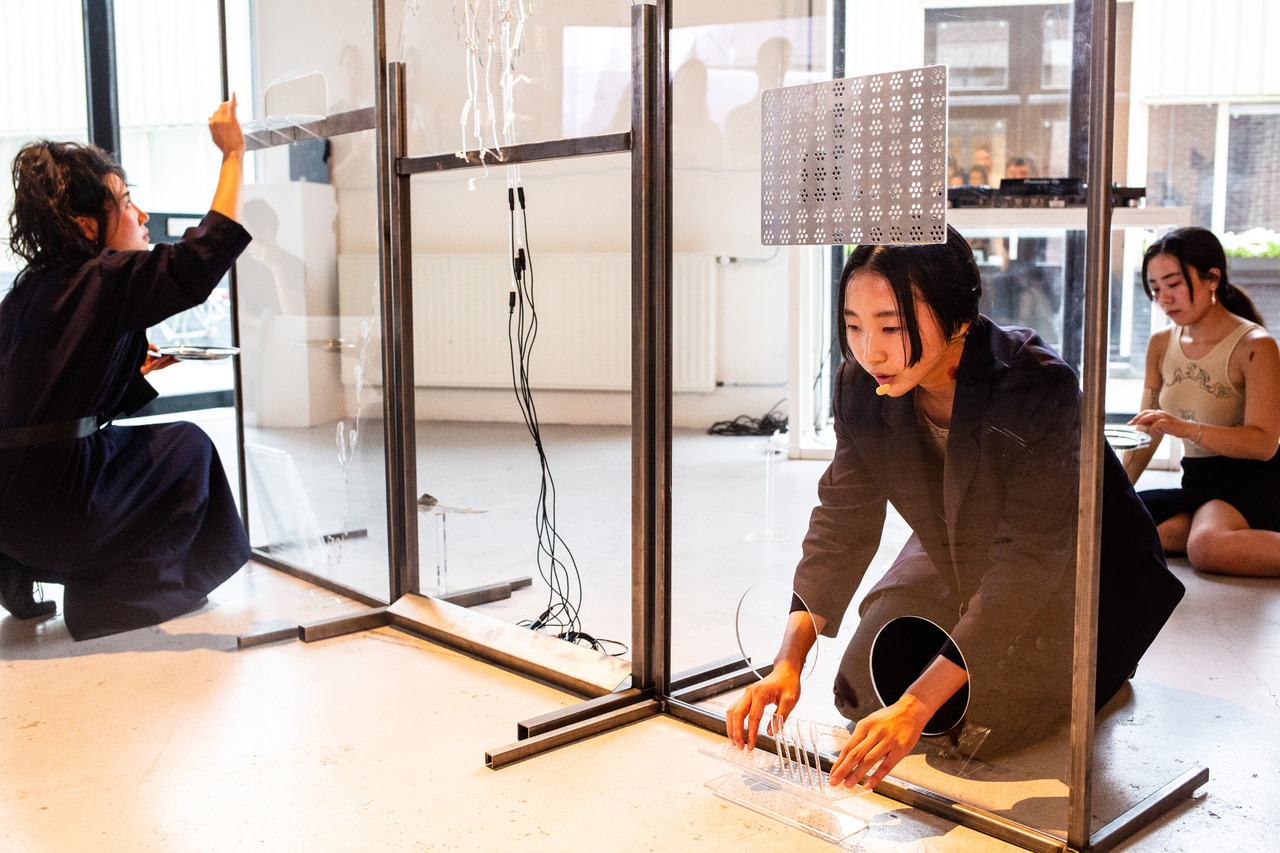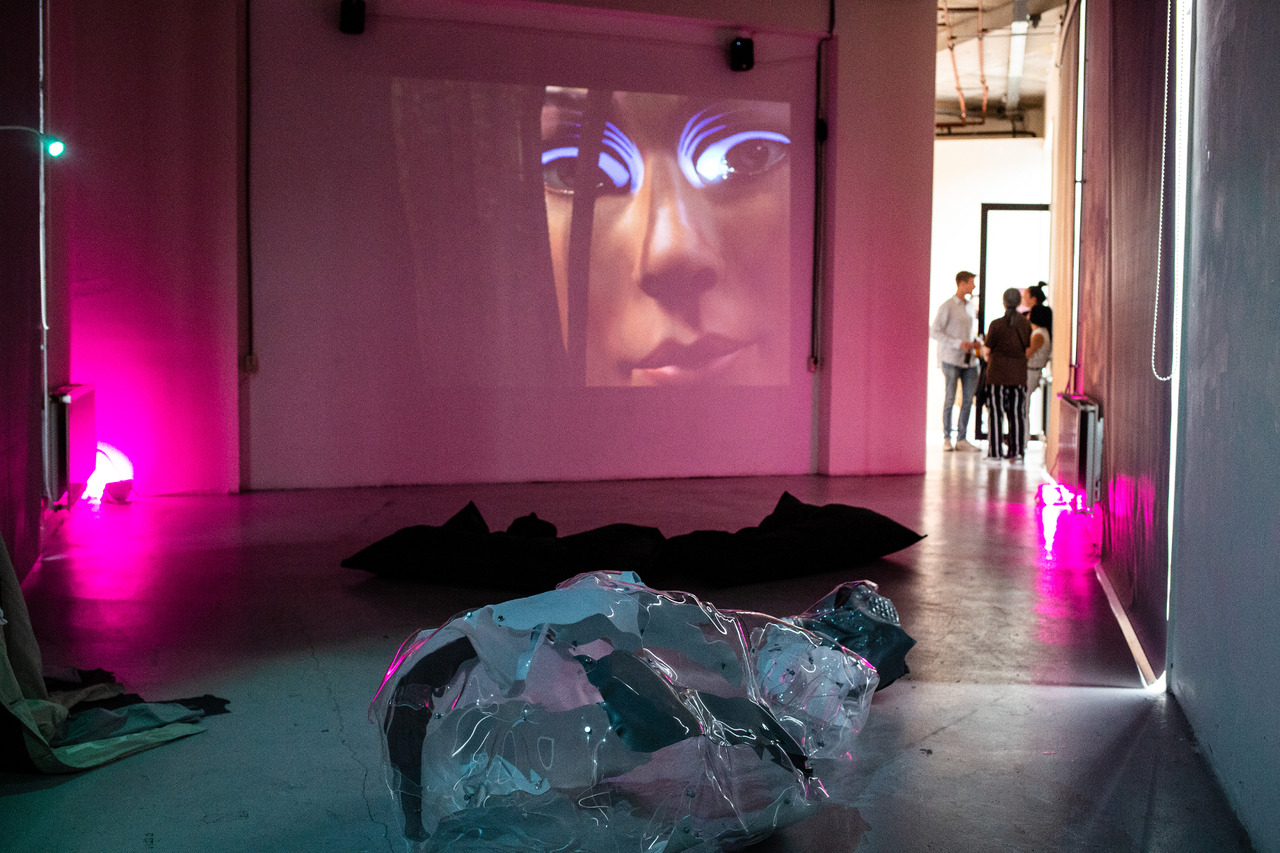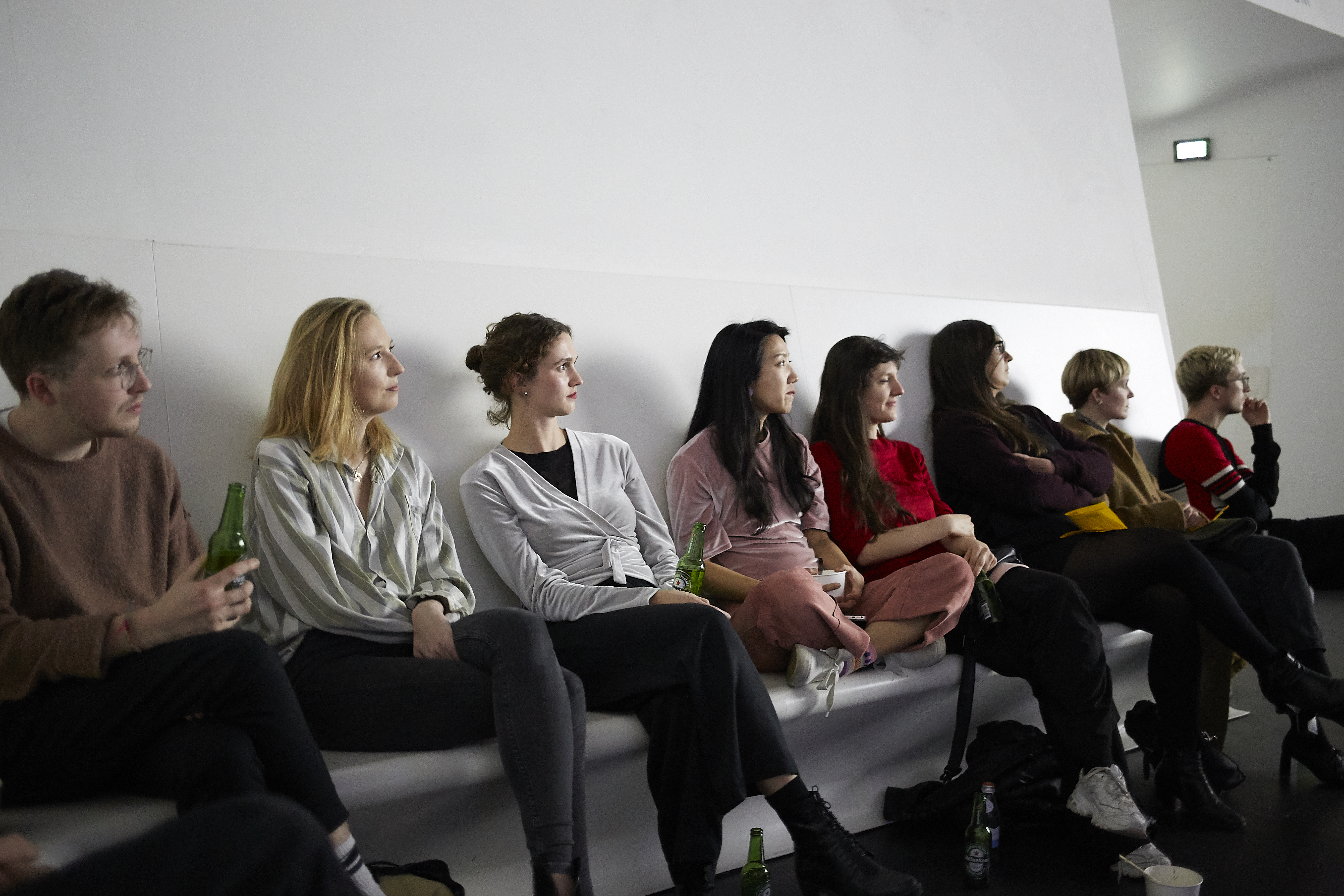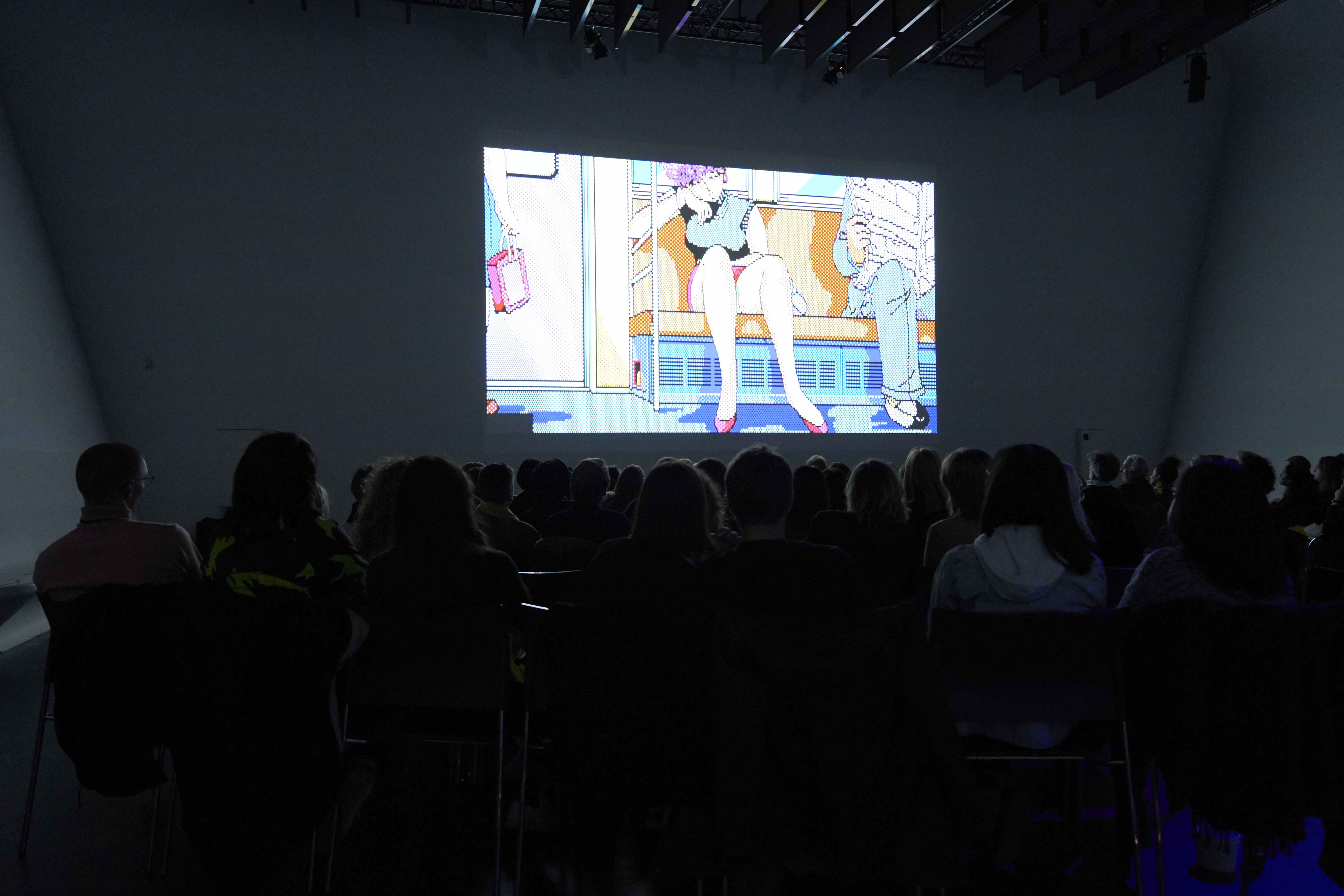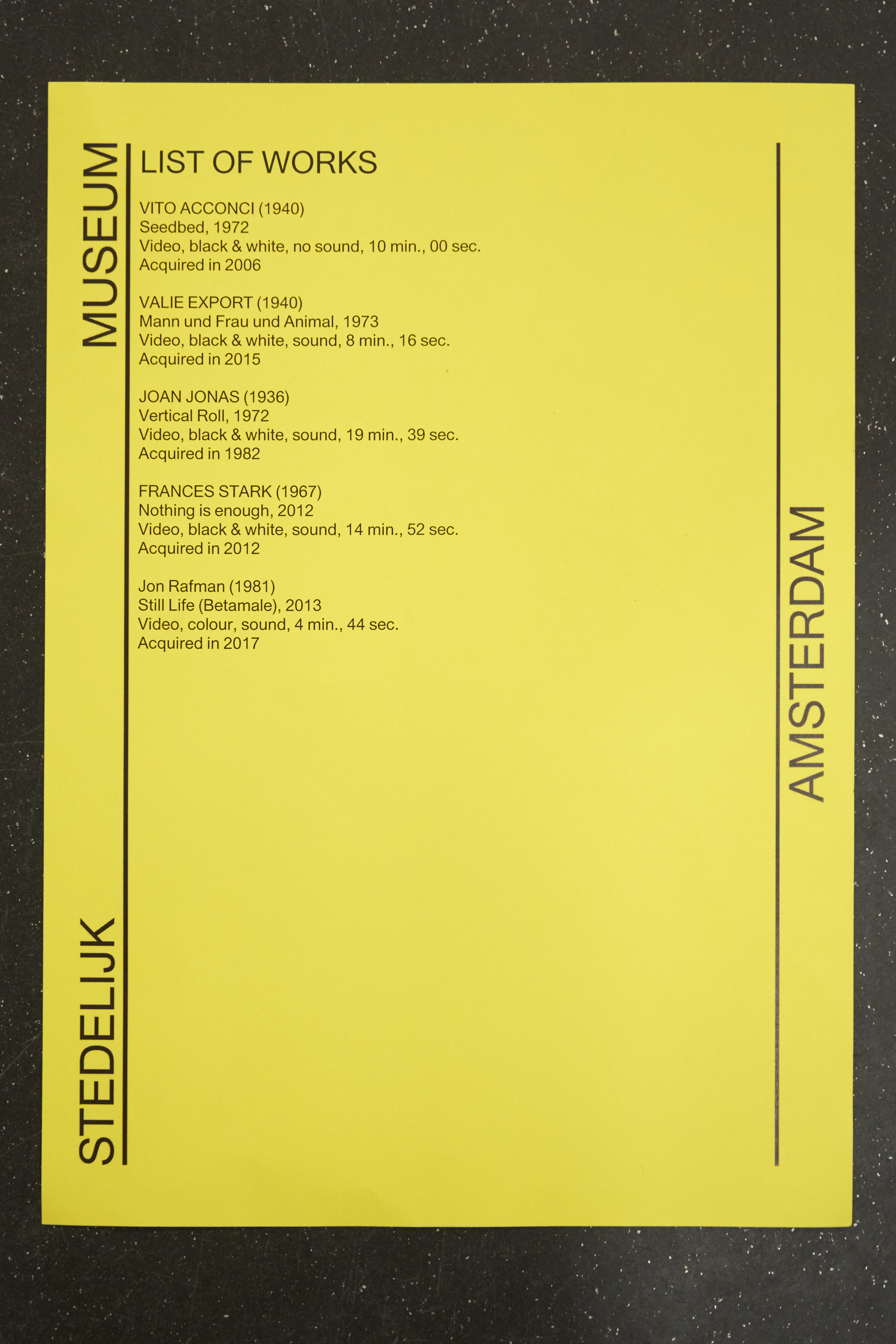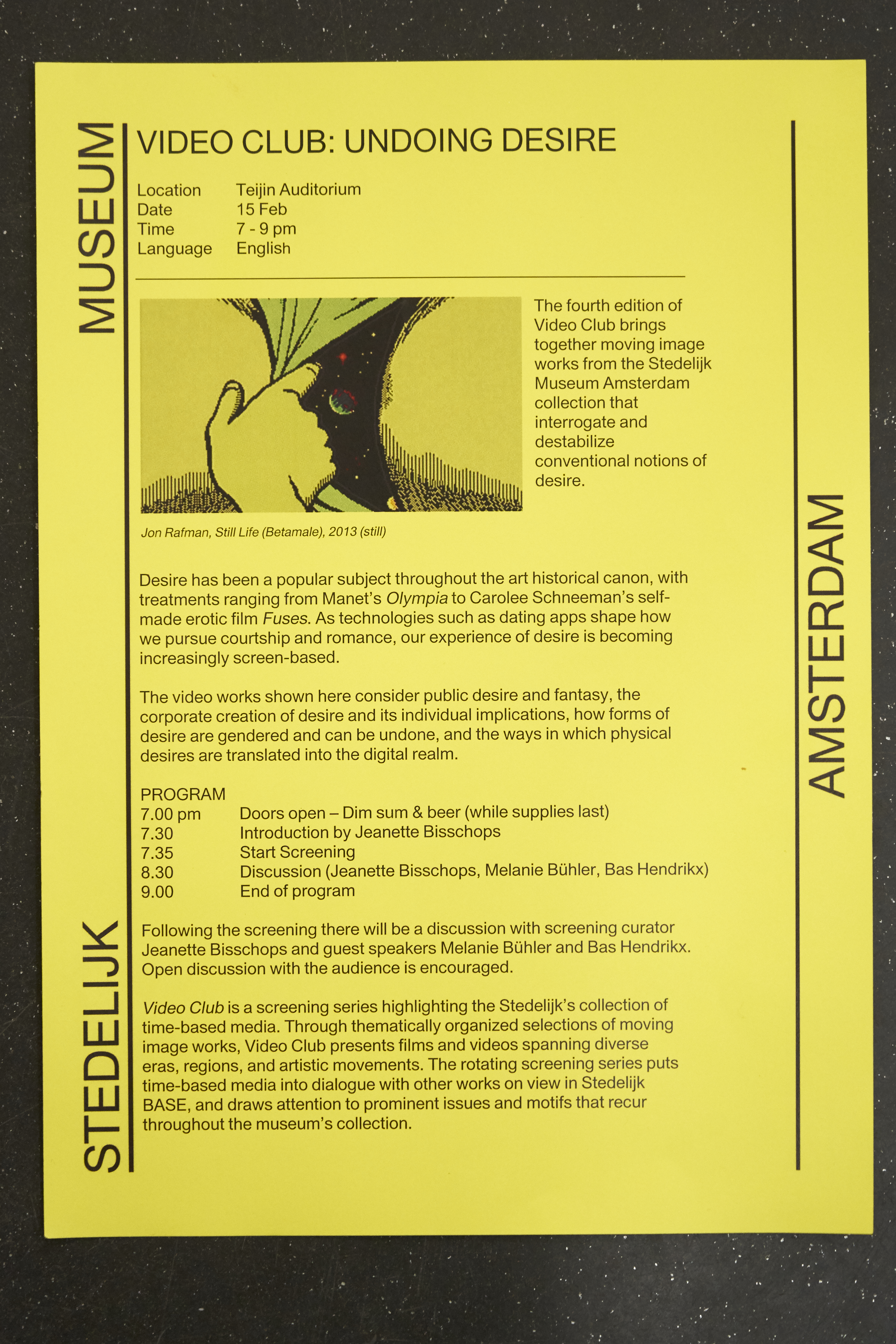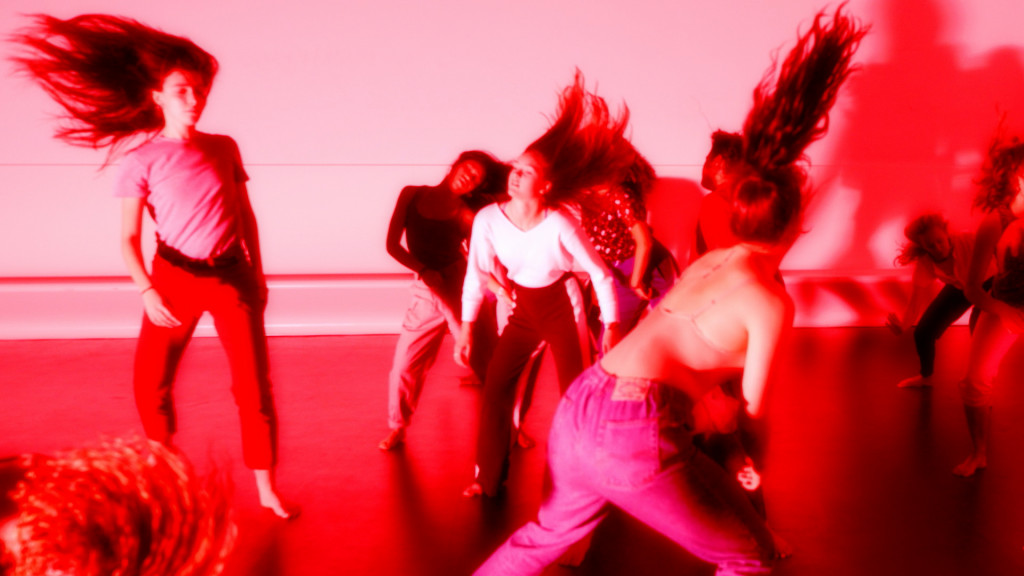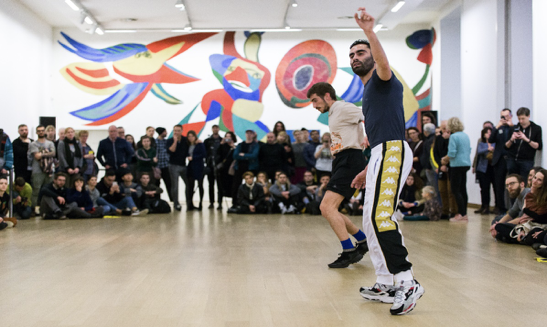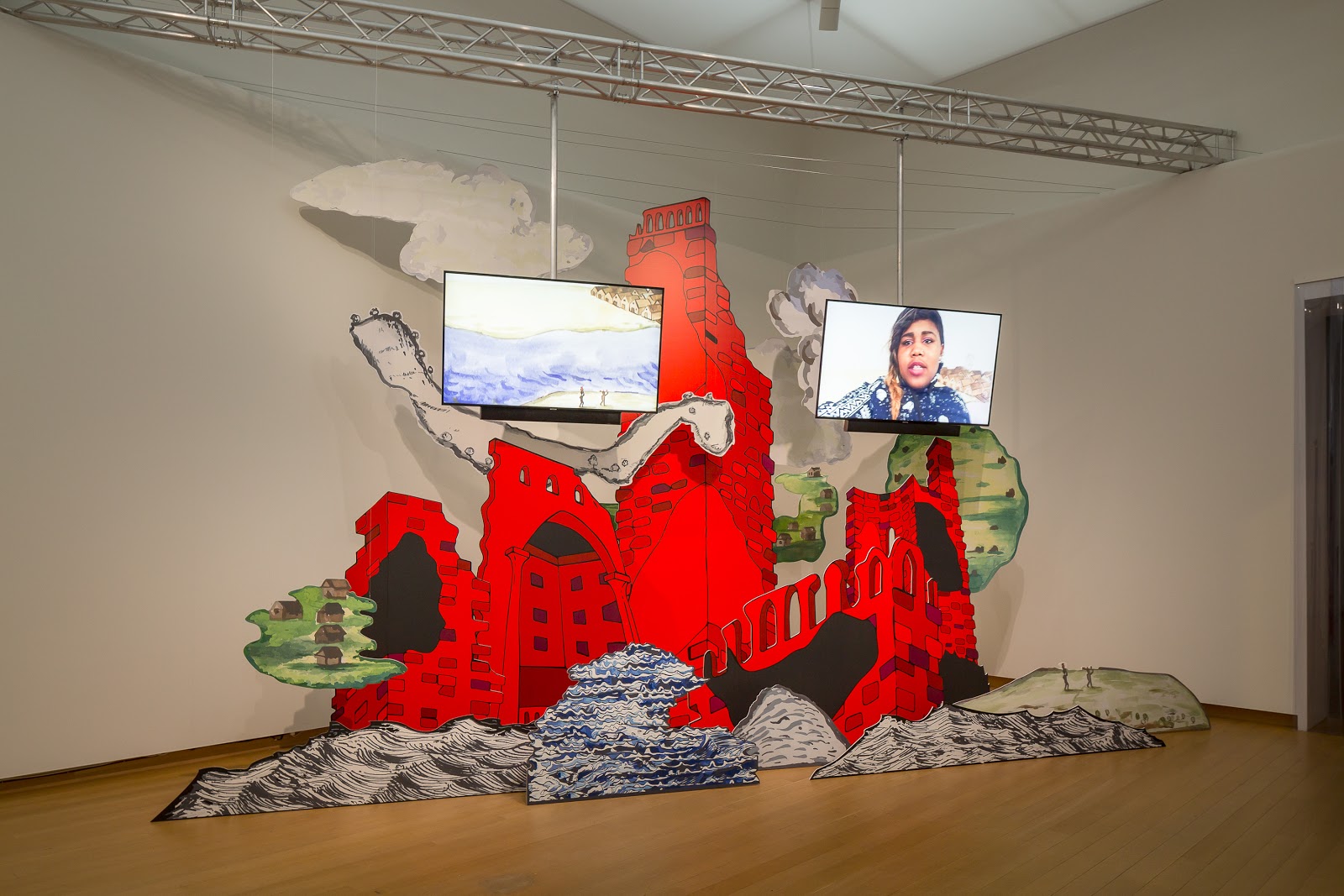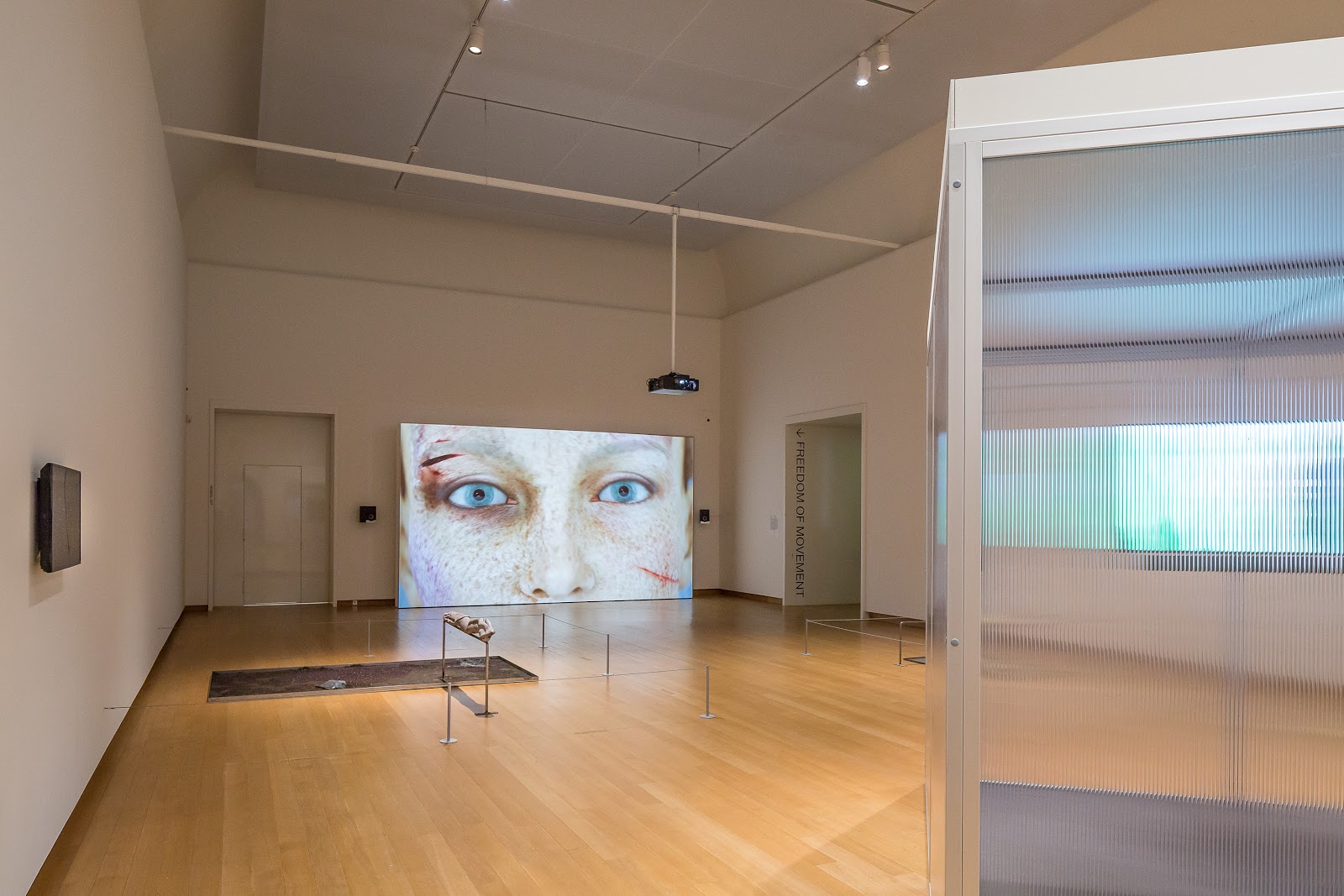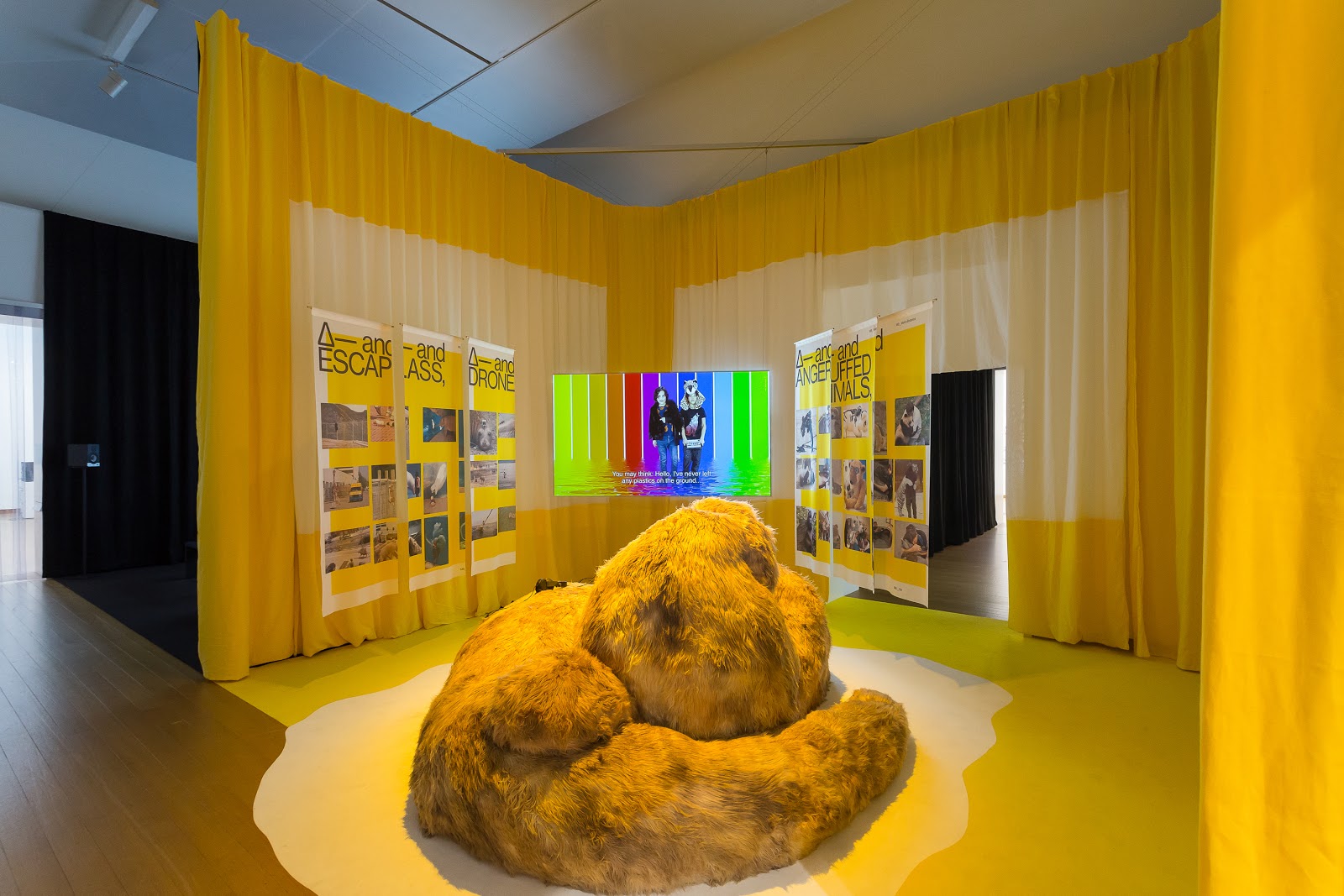Murder on Canal St
Murder on Canal St
a performance by Alvin Tran
05/09/24
Murder on Canal St
It’s 2022 when I ask the artist and choreographer Alvin Tran if he wants to participate in an exhibition I’m working on at the Appel Art Center in Amsterdam. I don’t really know him, but I know of him. Friend and curator, Anaïs Castro, has worked with him in Shanghai and London, she says, and every performance turned out impressive. I look him up online and can only find a few short videos, but I’m taken. I can’t immediately place his unique style. I reach out to him to ask if he’d be interested in presenting new work. He responds positively, telling me that he finds my theorizing of the body compelling, “I have so many fan questions!” After I speak to him over Zoom, I text my friend: “I love Alvin!!”
It often starts out like this, the relationship between an artist and a curator. Finding each other in our ways of seeing, understanding and translating the world, like any other relationship. Several hours-long calls follow between New York and Seoul, where Tran is based before he moves to New York late in 2023. We discuss art, dance and theater we see in Asia (mostly him), in the USA(mostly me), and in Europe (us both). During our conversations, I learn that he easily switches from critiquing pop choreography to referencing obscure dance performances I didn’t know existed. The performance in Amsterdam never happens, but the idea of staging a new work by Tran keeps pestering me. Then comes the invitation from 99 Canal. There is not a lot of time to prepare, but I remember my friend telling me that Alvin choreographed the performance in Shanghai and found his dancers within a week. Alvin tells me he’ll be in London leading up to the performance date, but will create the piece there, collaborating with an old friend on the choreography. The scores will be recorded and shared with the dancers in New York. He shares fragments with me as he drafts the work. Rehearsals will take place in the days leading up to the performance.
And so I am writing this curatorial text without having seen the full work live: a common occurrence for any curator working with performance. How do you put into words a work that doesn’t yet exist? I read Alvin’s script, listen to his selection of songs, and manage to attend one rehearsal before the deadline. I’ll start with what I know; Tran is not a New York performance world fixture (yet). He was raised in Seattle and lived, studied and worked in the USA, Europe and Asia before finding his current home in Brooklyn. Originally trained at Pacific Northwest Ballet, he has done choreography work shown in museums and galleries, as well as for “The Inner Mongolian National Troupe of Song and Dance” and a range of K-Pop stars. His work contains odes to New York’s performative history, while also slowly trying to corrupt its Western affect. Tran’s choreographic language reads as a hybrid homage to Merce Cunningham, Yvonne Rainer, Trisha Brown and other post-modern legends, blended into a K-Pop and larger pop vocabulary. His scores are made through his hyperlocal and hyperglobal gaze, leaving the work feeling as personal as it feels collective. It makes for a movement invention that feels oddly familiar, yet doesn't quite quench a desire for resolution. Tight, yet messy. A bit unhinged. His musical selection flirts with a similar eclecticism, switching from nostalgic Brit pop to hyper contemporary Asian pop while occasionally resting on more instrumental avant garde sounds. He’s an insider and an outsider.
The tension between legibility and illegibility in Tran’s work means his work cannot be reduced to a pastiche of any of his inspirations. Yes, it contains an acknowledgement of the daily movements post-modern dancers pioneered in their iconic works, which still are the main fabric of our shared lives. But he also injects an awareness of “online behaviors,” that now also imbue our contemporary pedestrian movements such as TikTok scores, often recorded in public space. I gather from the script, the scores, the music, and the conversations with Alvin a certain cultural disconcertment. How do we hold ourselves, he asks us, while continuously split between the physical and virtual in a world full of horror and societal erasure? We seek to regain control of events, inventing culturally networked gestures that unite the way we move through the world. We are one and the same. We are uniquely ourselves. “Where’s the spokesperson that’ll make it all make sense. Nowhere to be found,” says the narrator in his performance script. Something's gotta give. Will we unite? Will we dissolve? Will the performers in “Murder on Canal St” make good on their word?
© Jeanette Bisschops
Location: 99 Canal St, New York Date: May 11, 2024 Time: 7pm Choreography: Alvin Tran With: Lucia Santina Ribisi, Ella Dawn W-S, Benjamin Sanchez, Sarah Li Baugstø Curated by: Jeanette Bisschops Design: Pacific Pacific
About the choreographer: Alvin Tran is a choreographer and artist that works in folk dance and music videos. He explores how folk dance's structure challenges linear narratives of postmodern dance with interests in its entanglements with Asian modernisms and Cold War narratives. He continues this exploration in the realm of pop and music videos where he is interested in how pop sonics transform multiple performance traditions into consumable affect.
